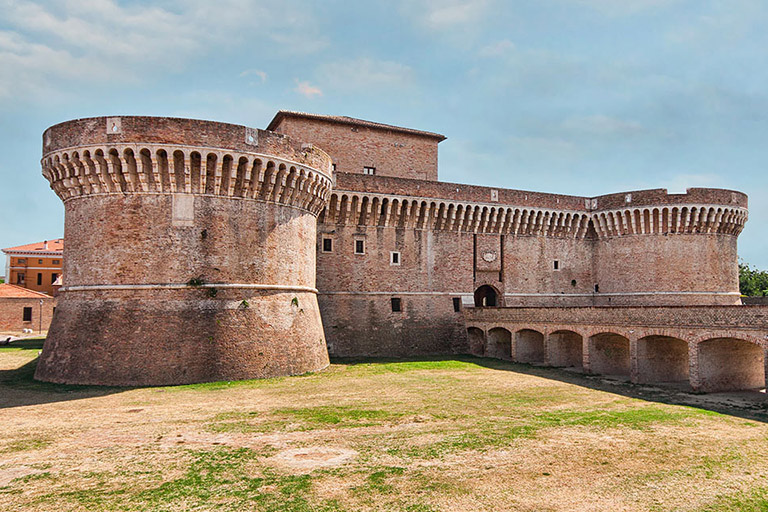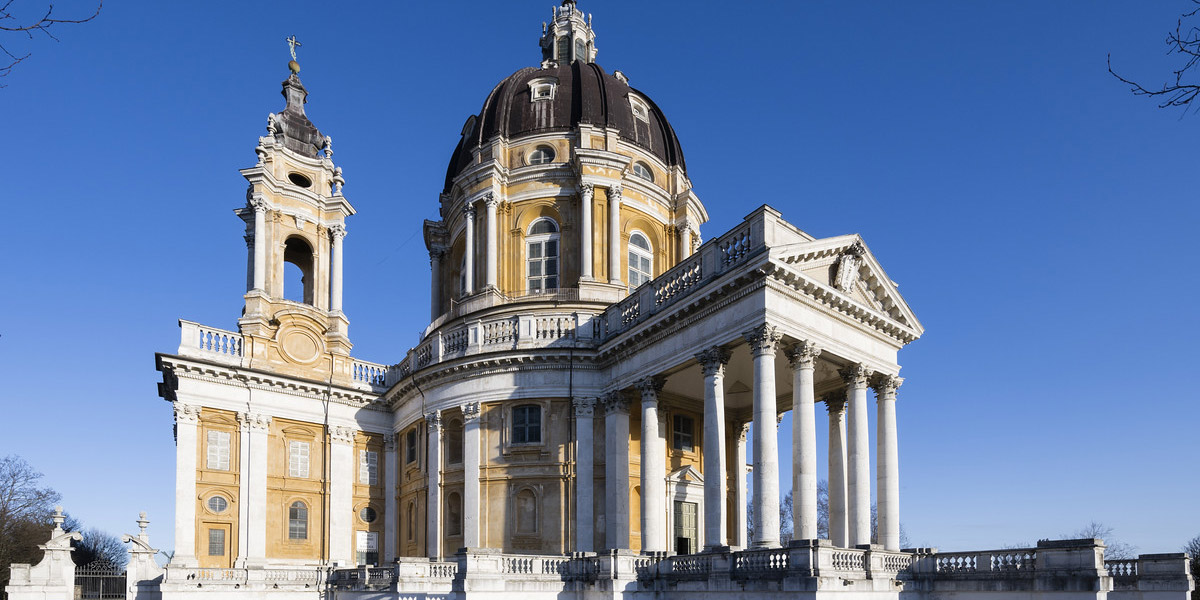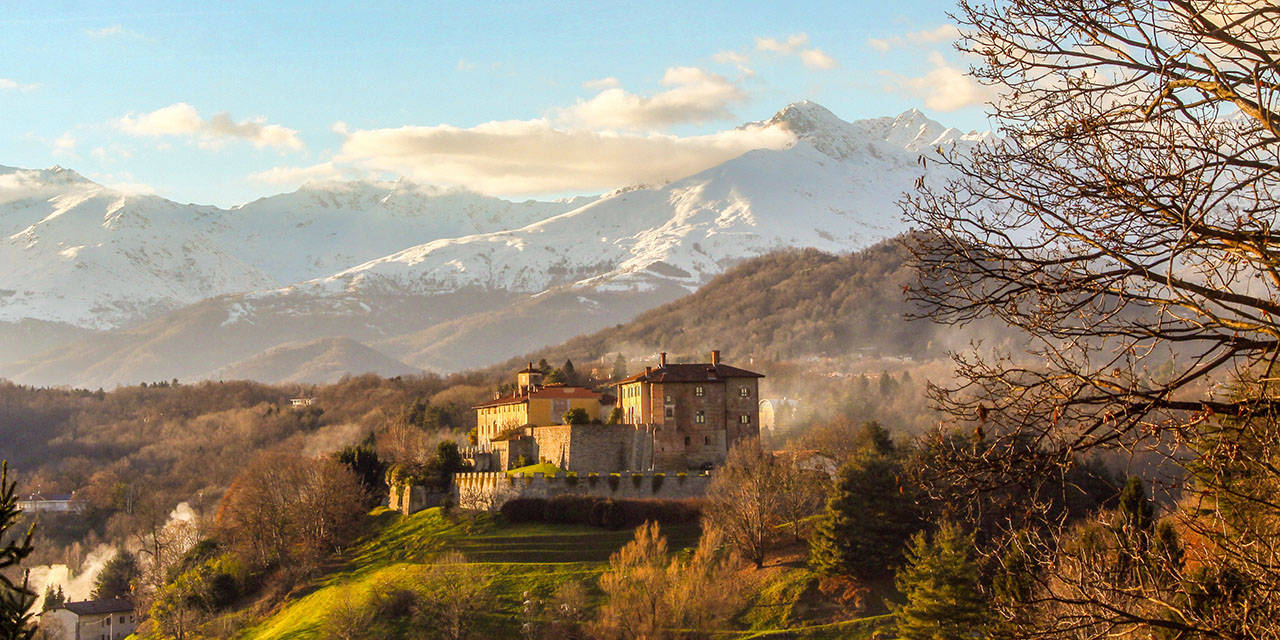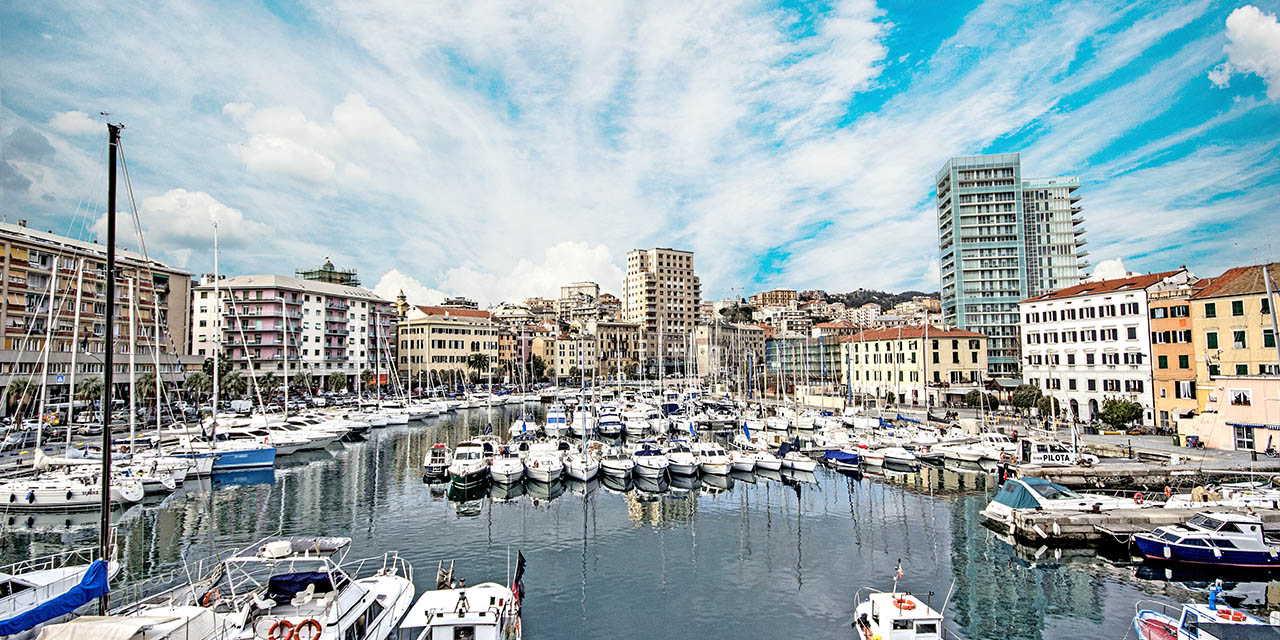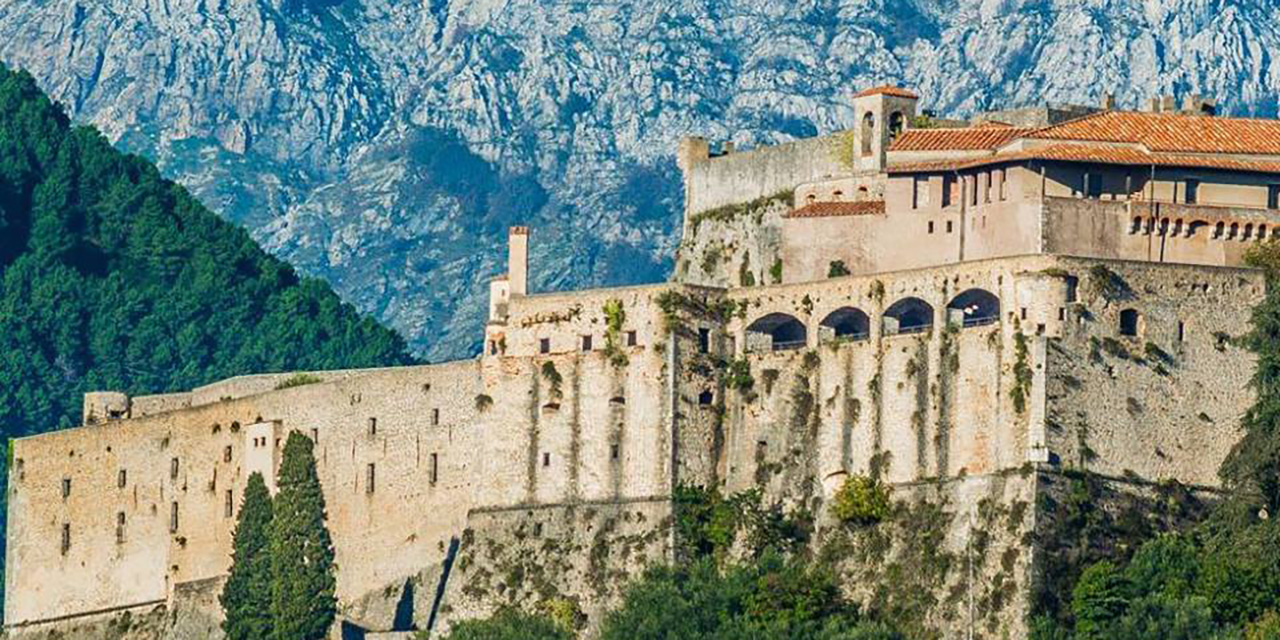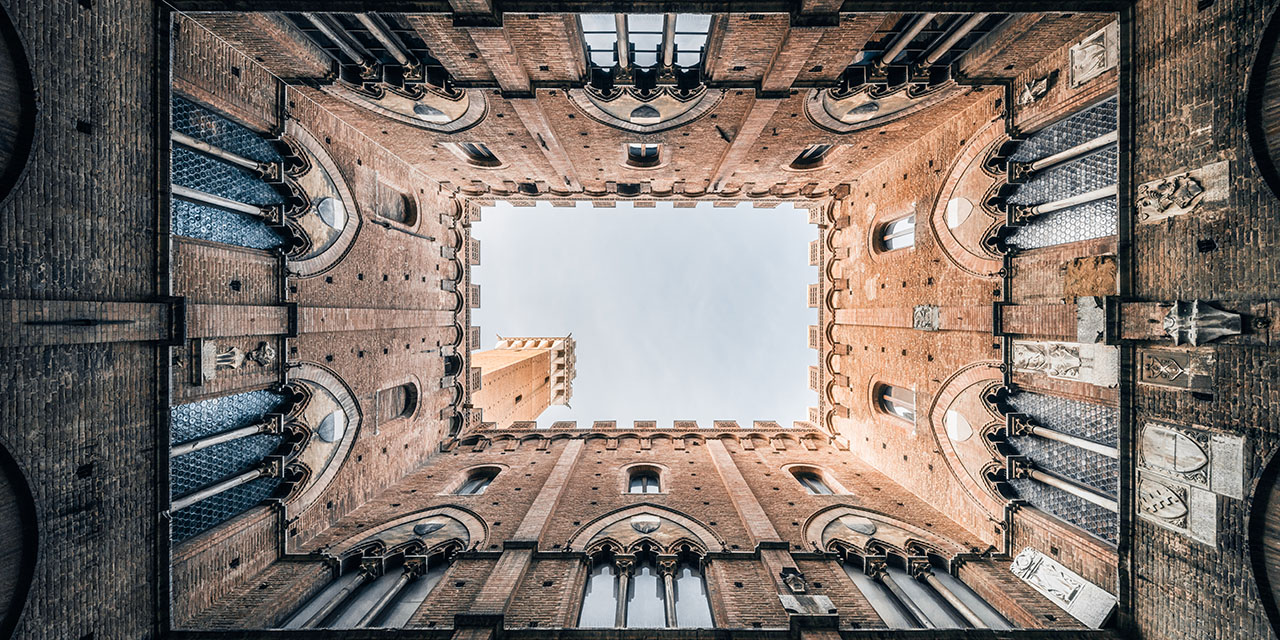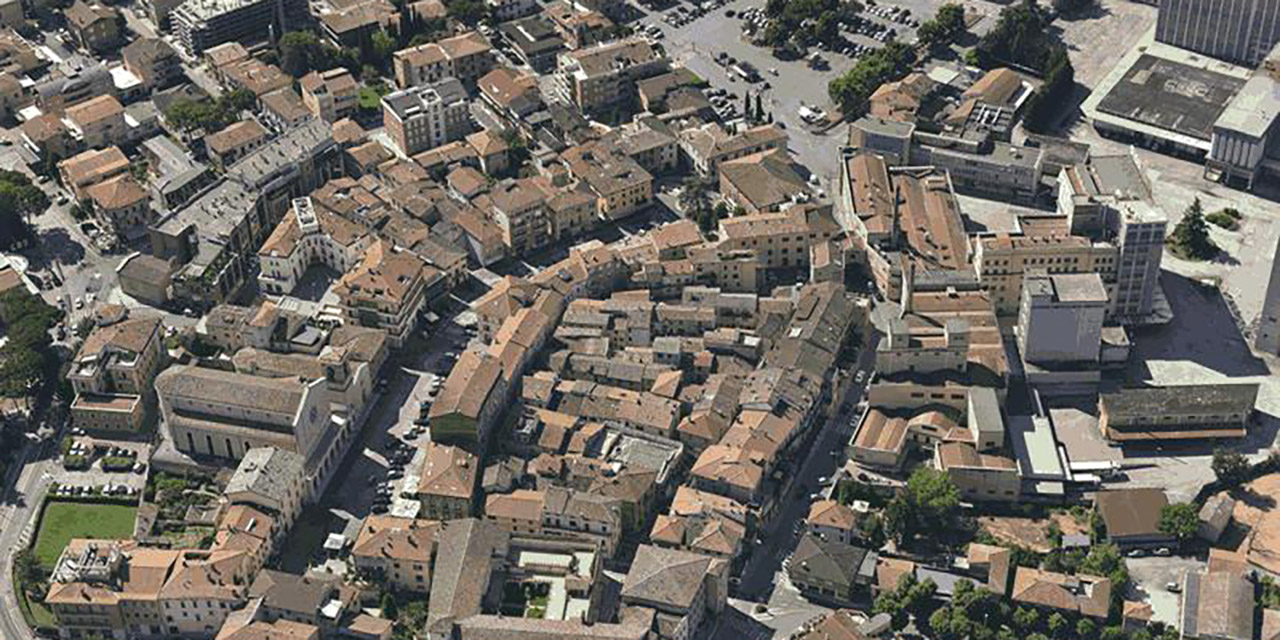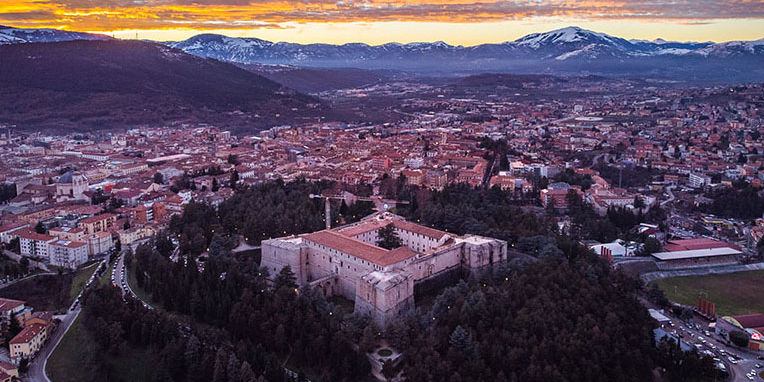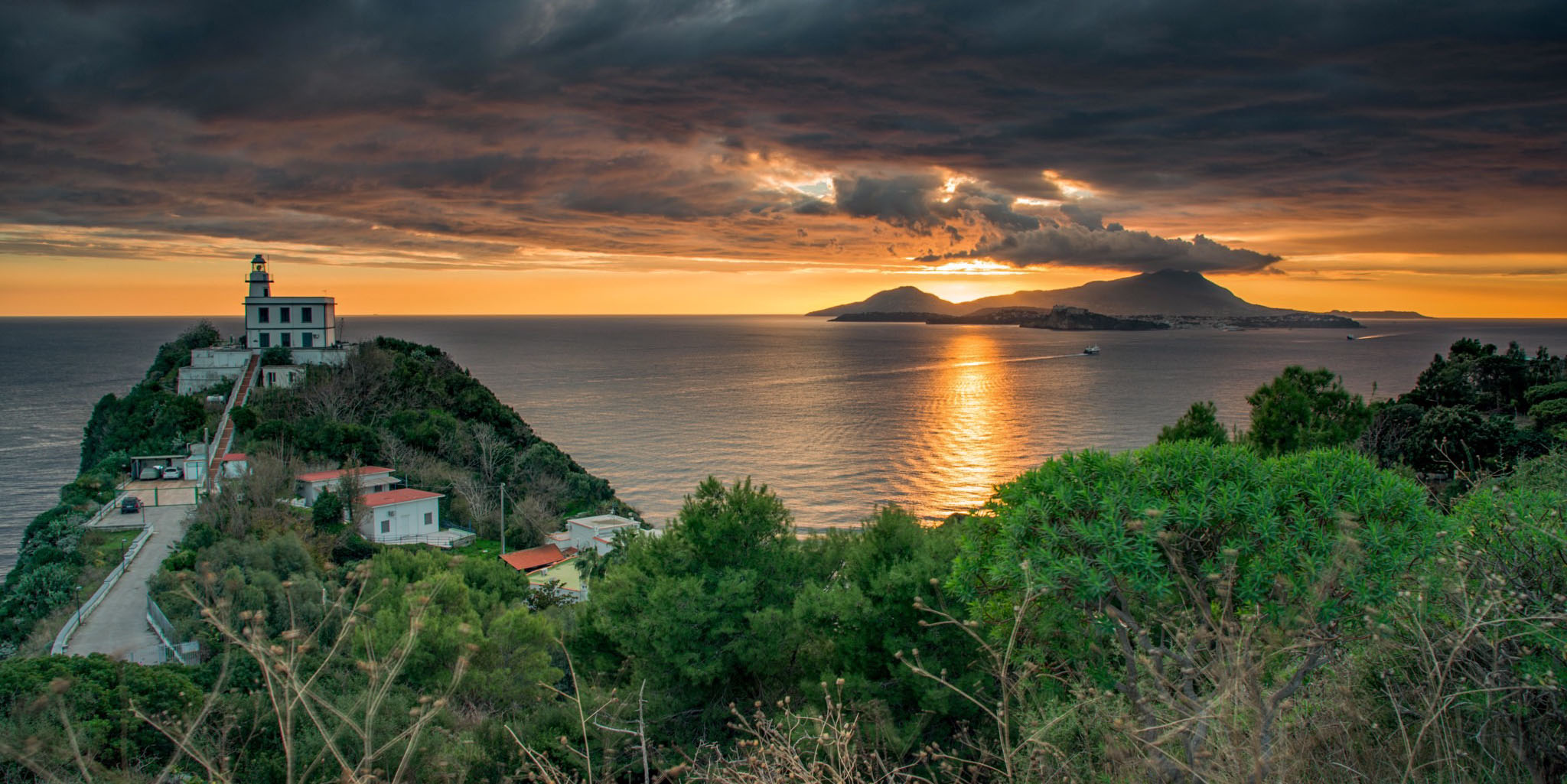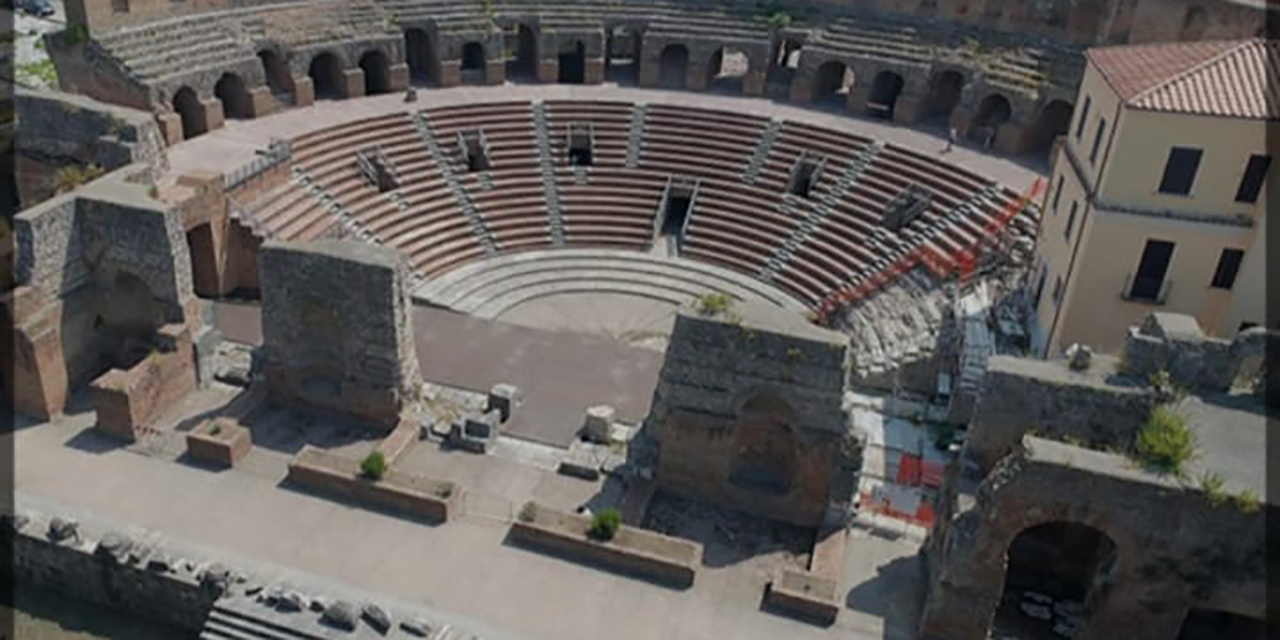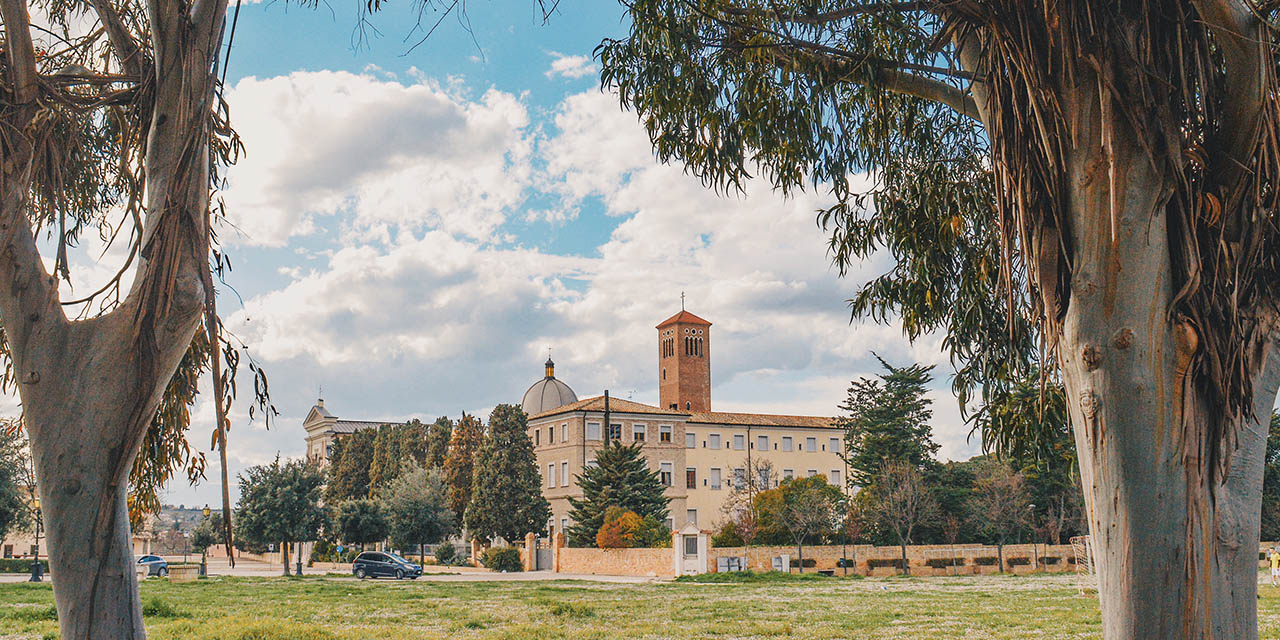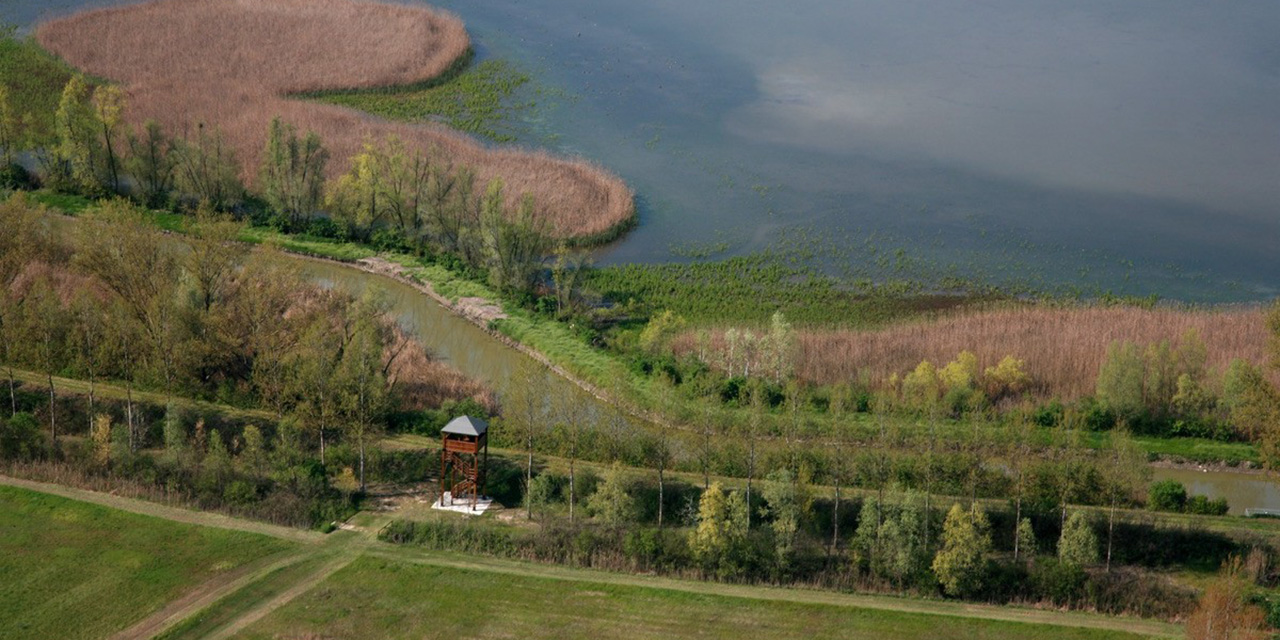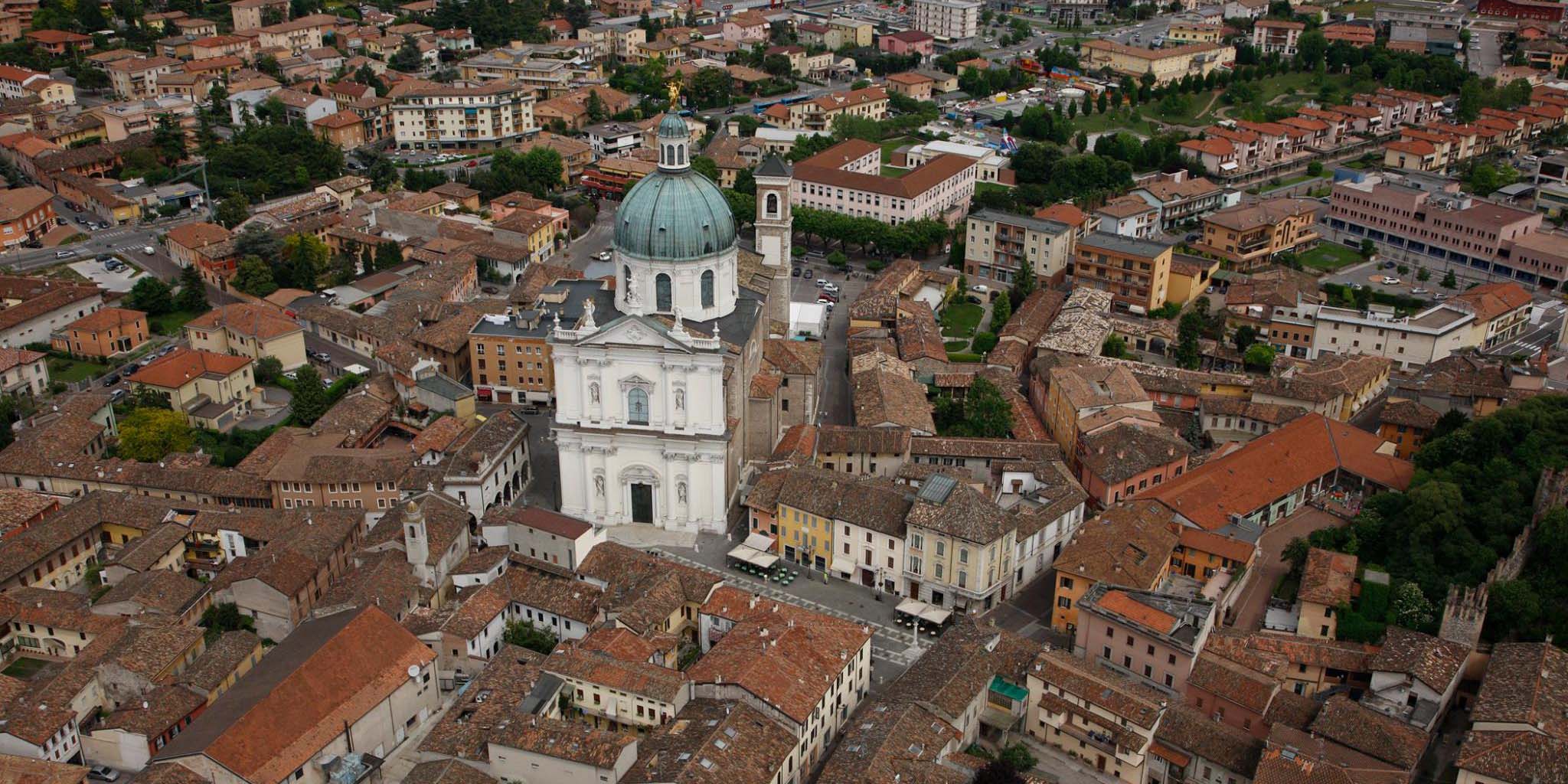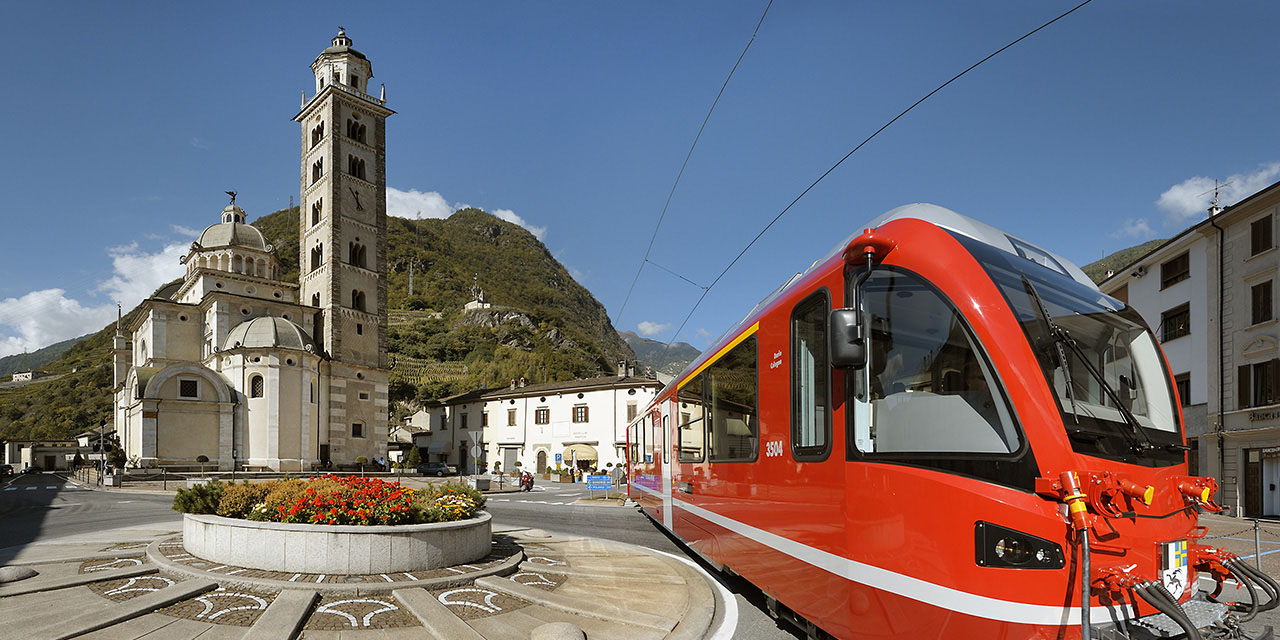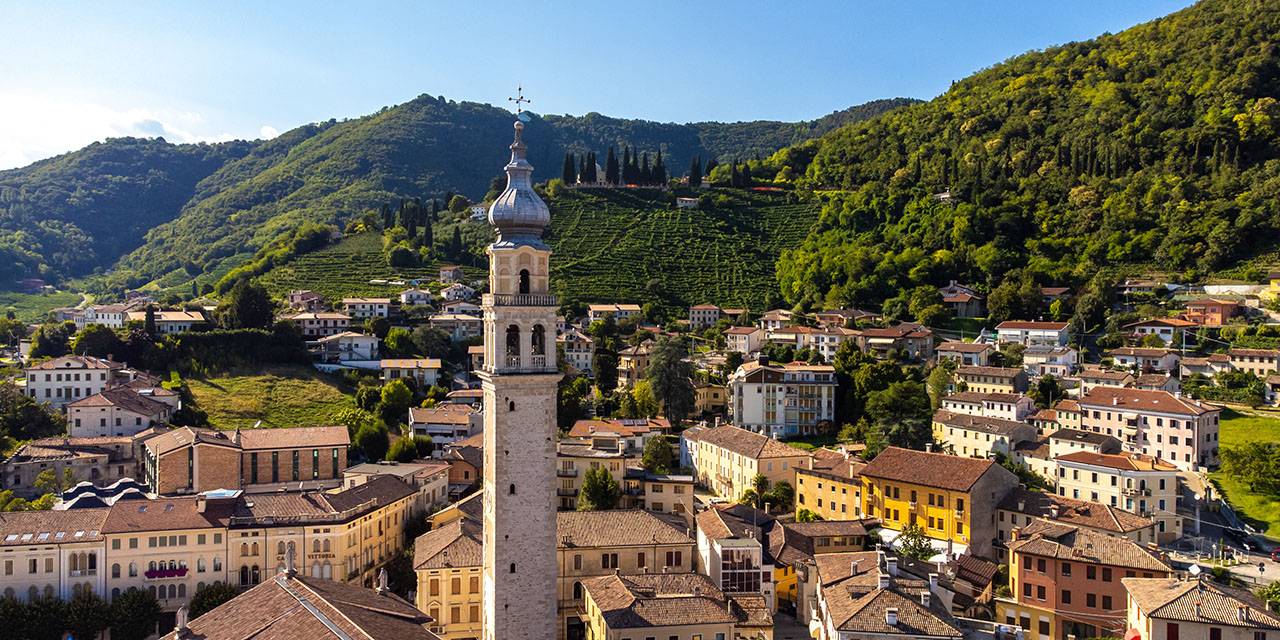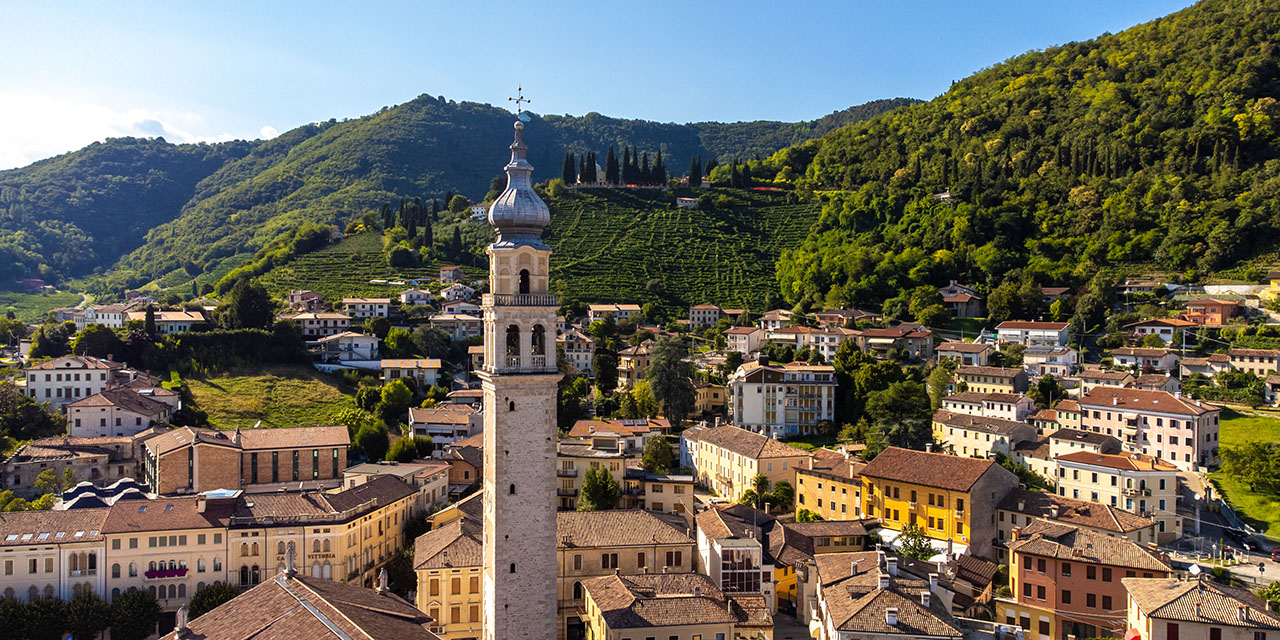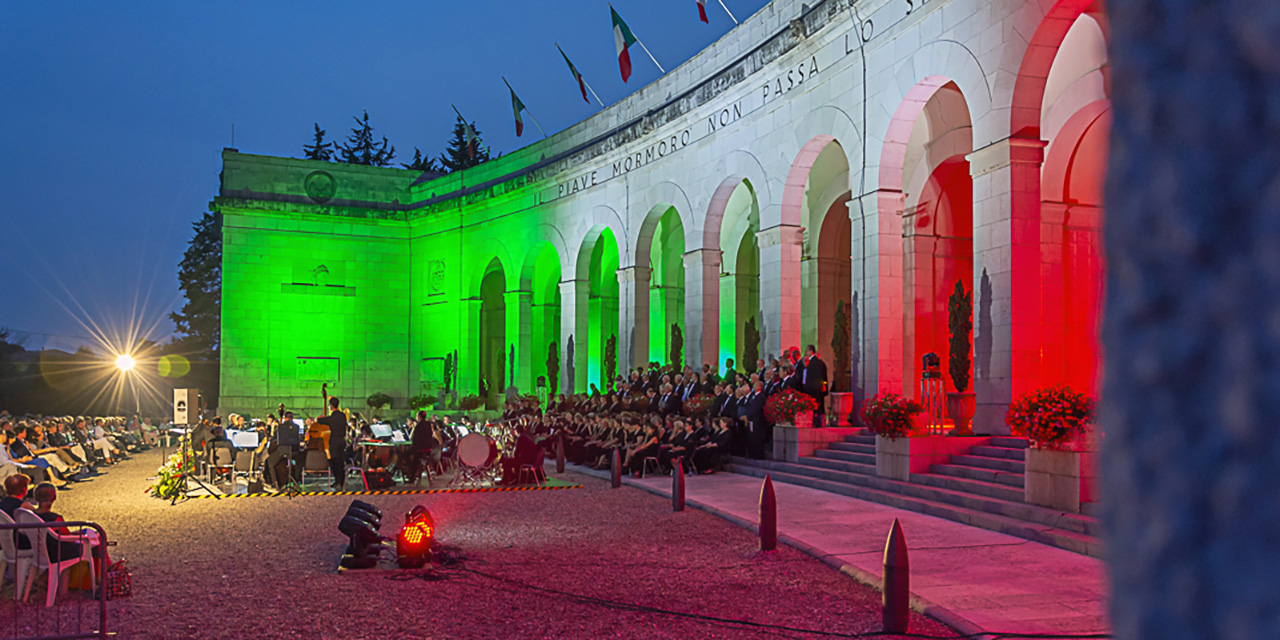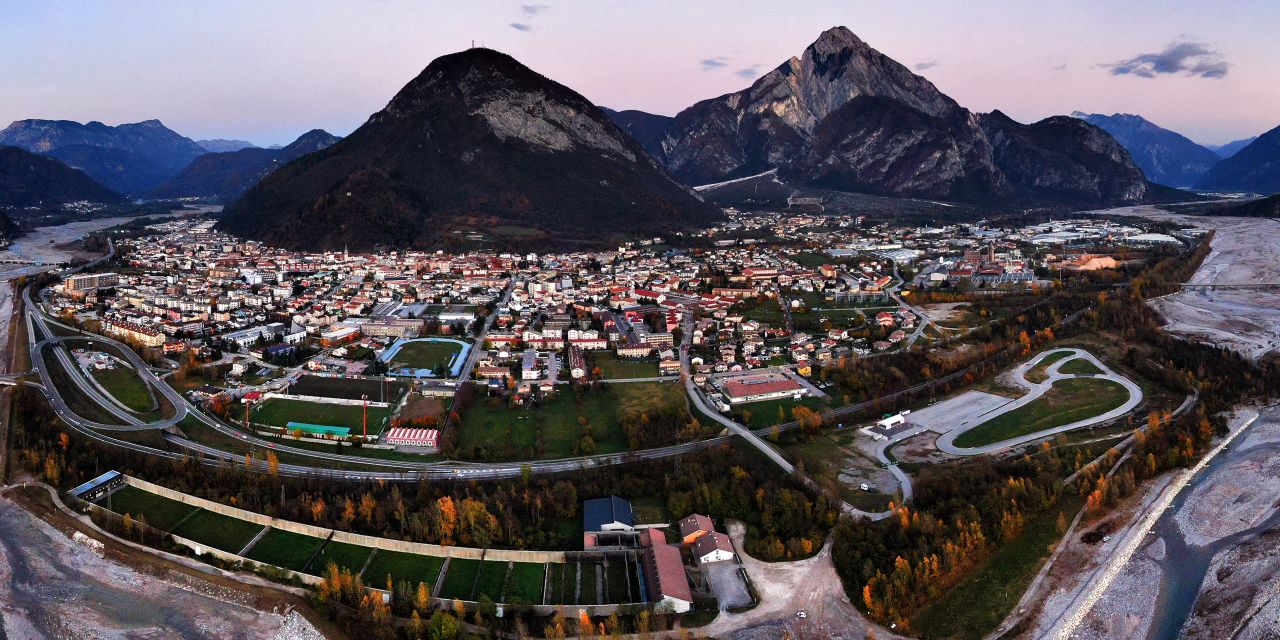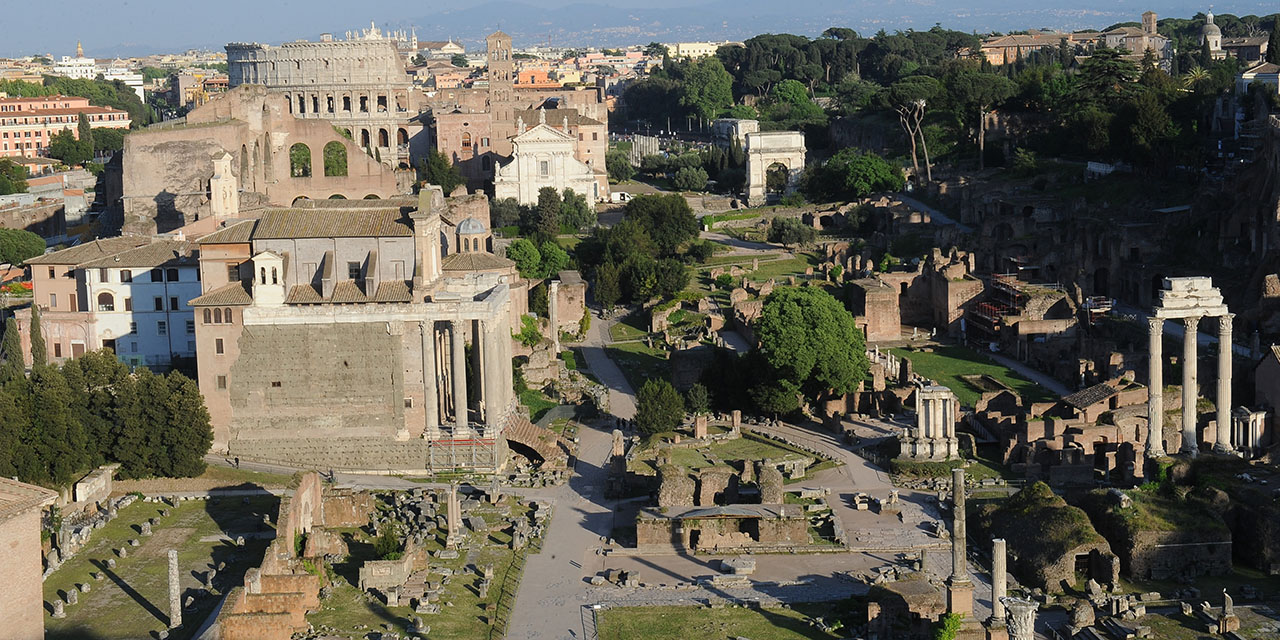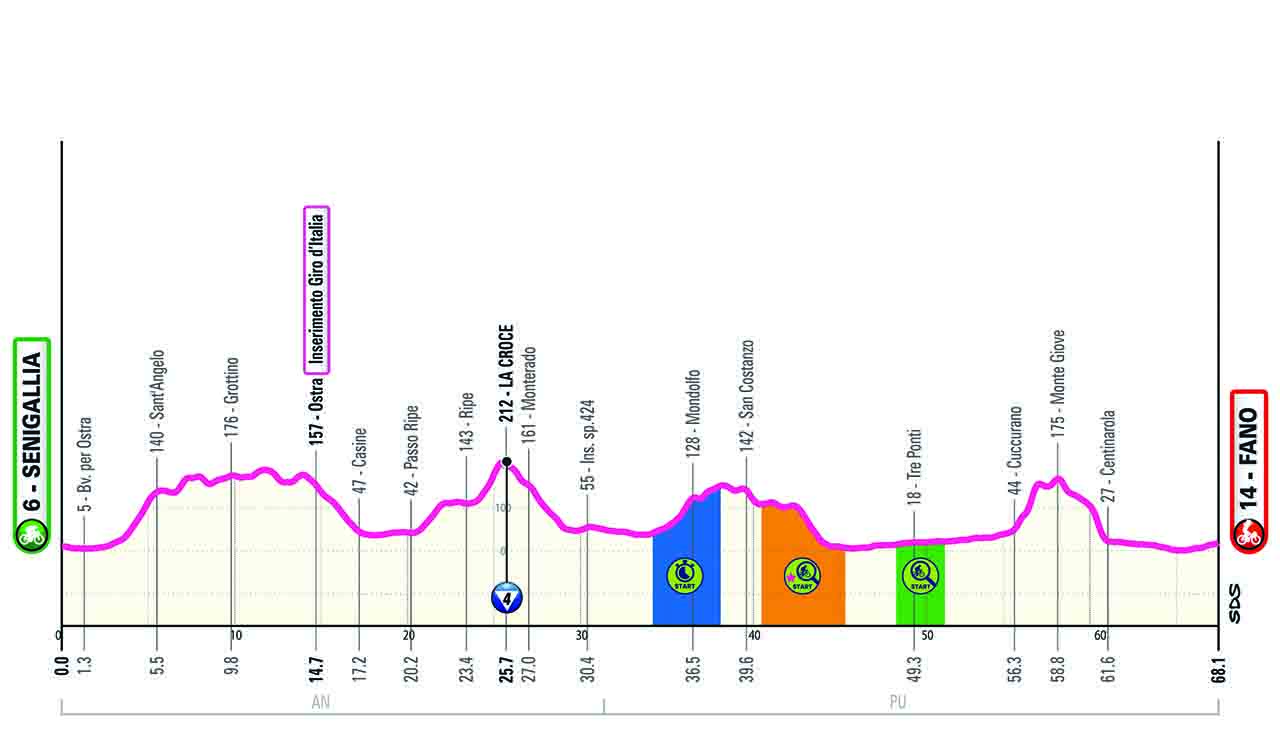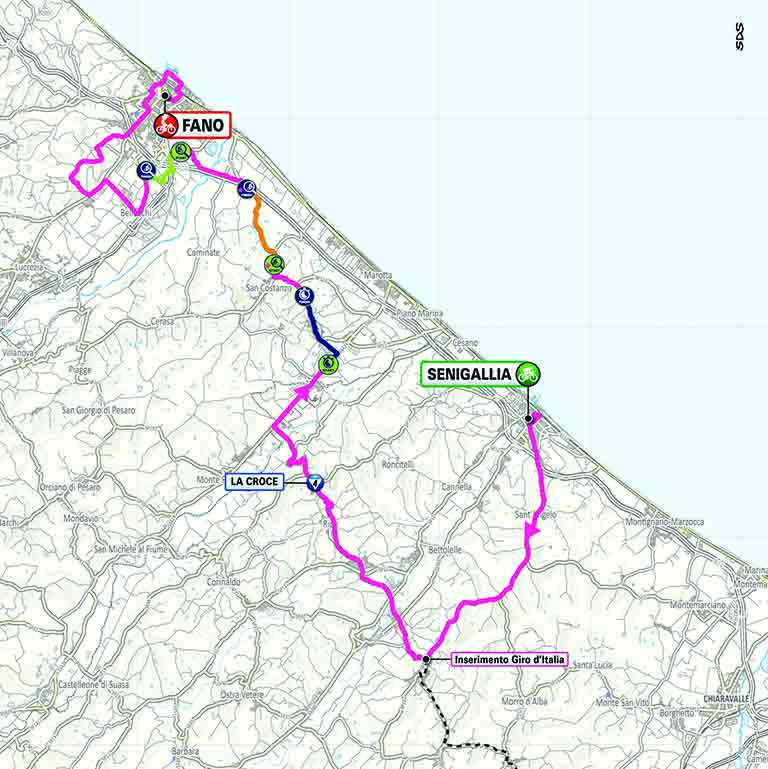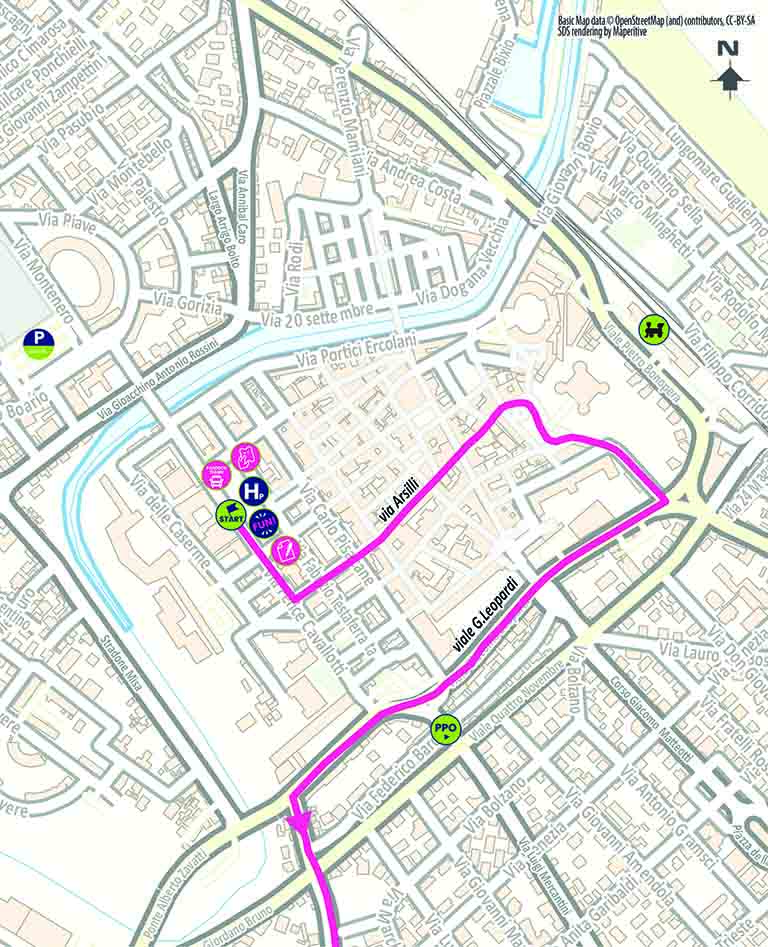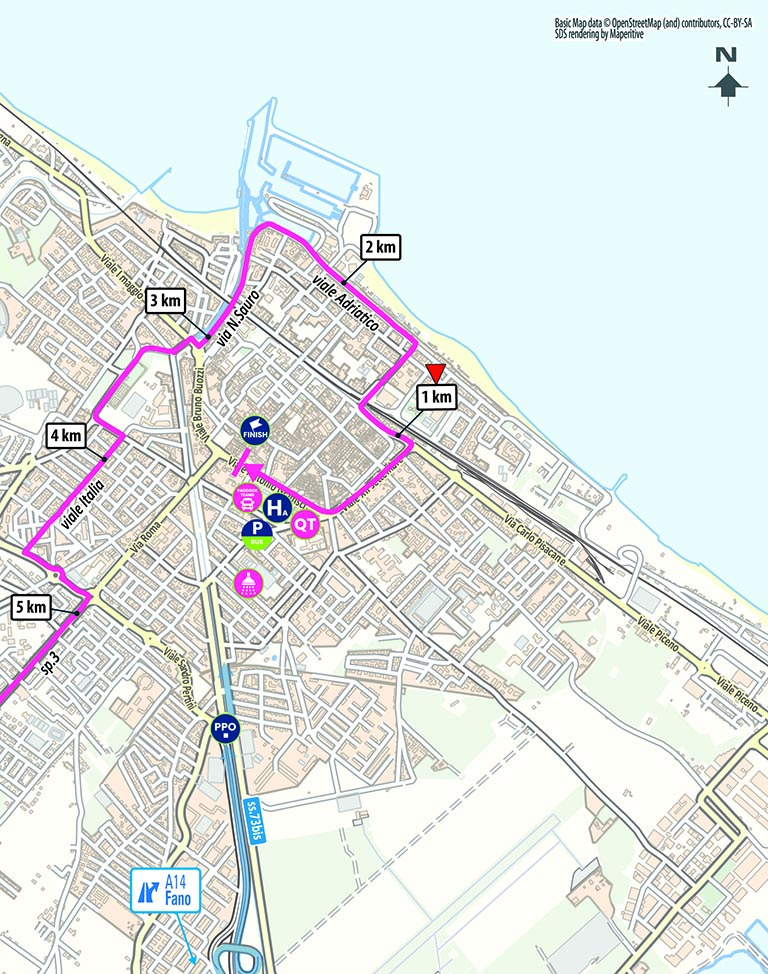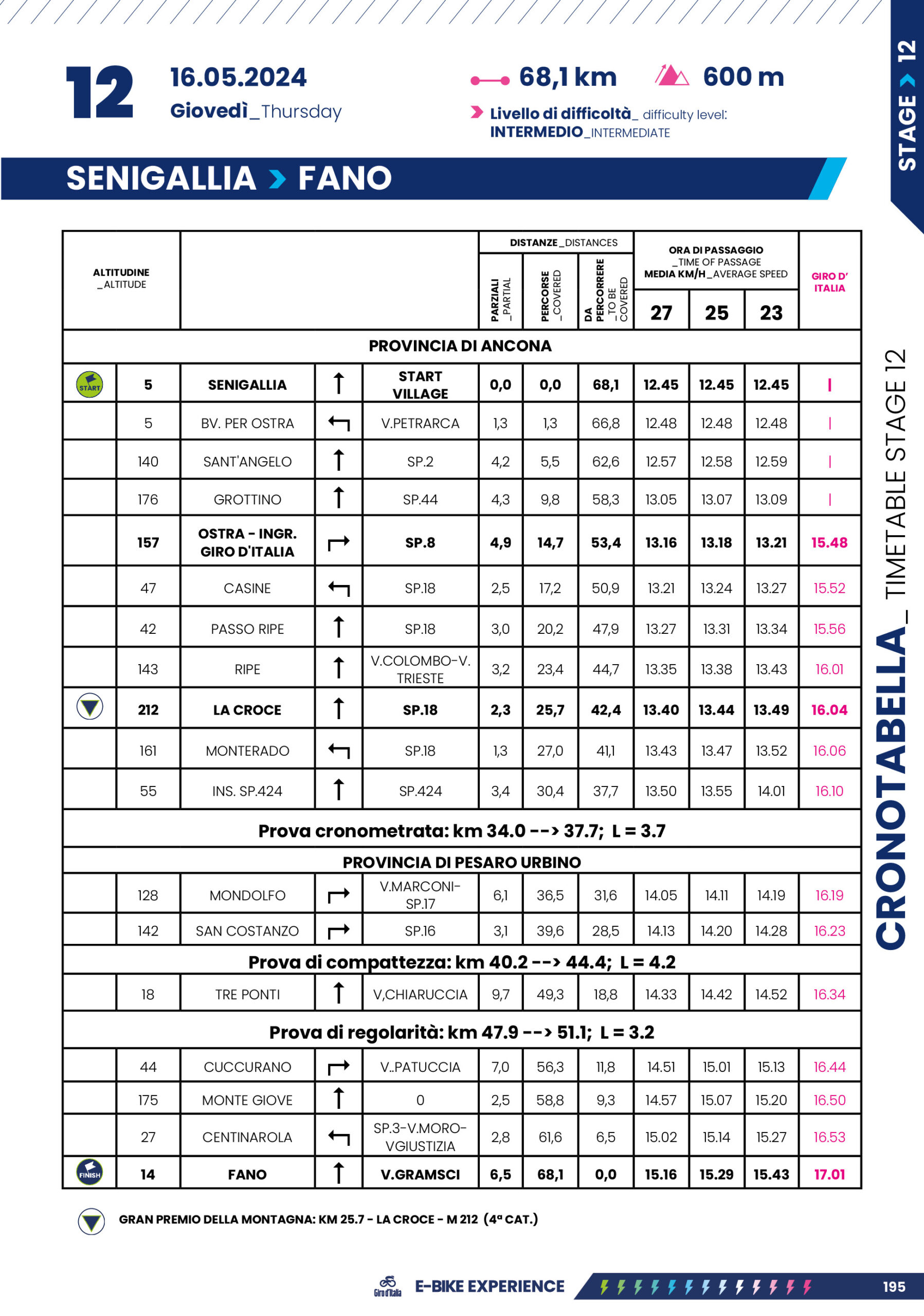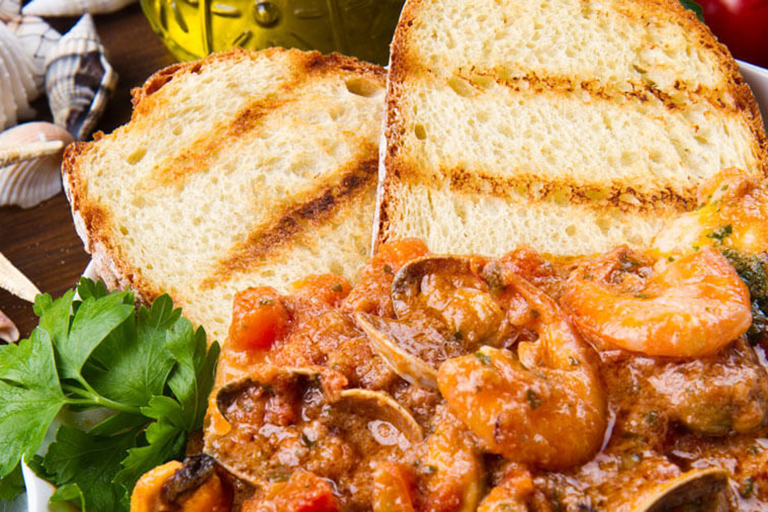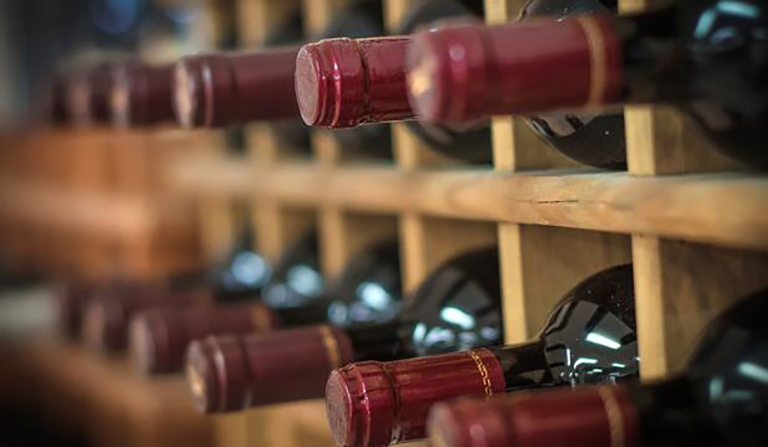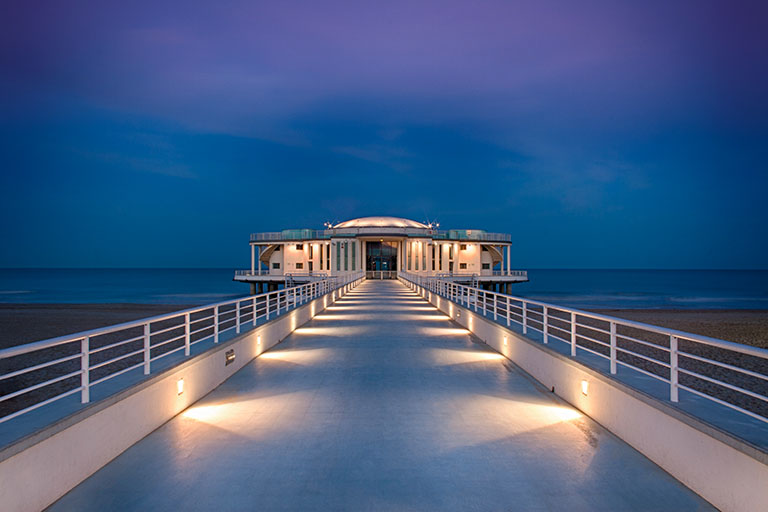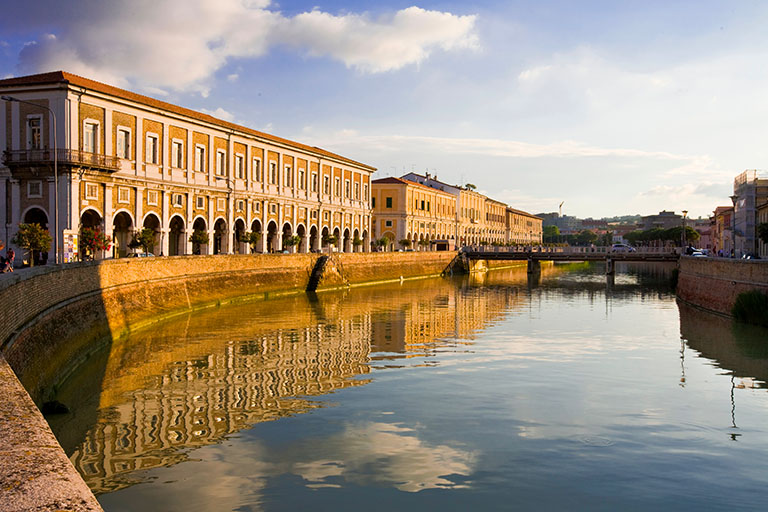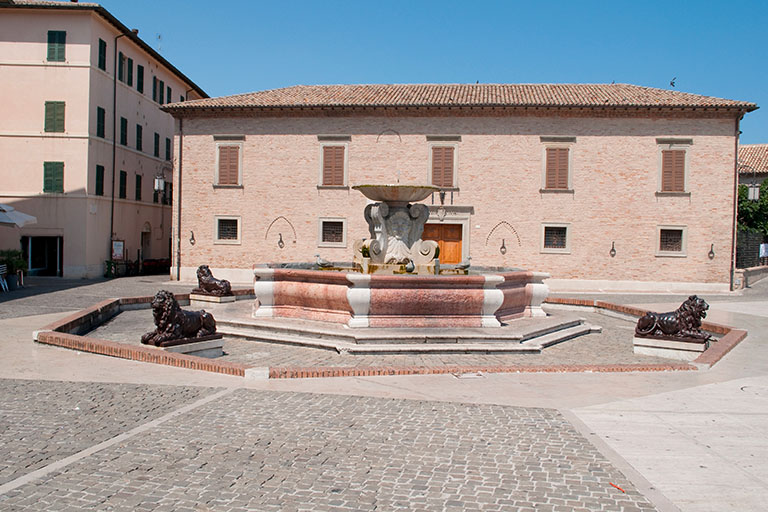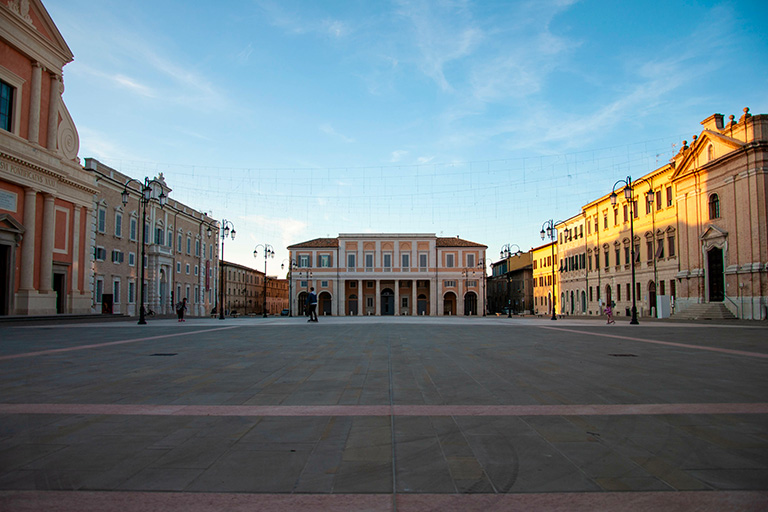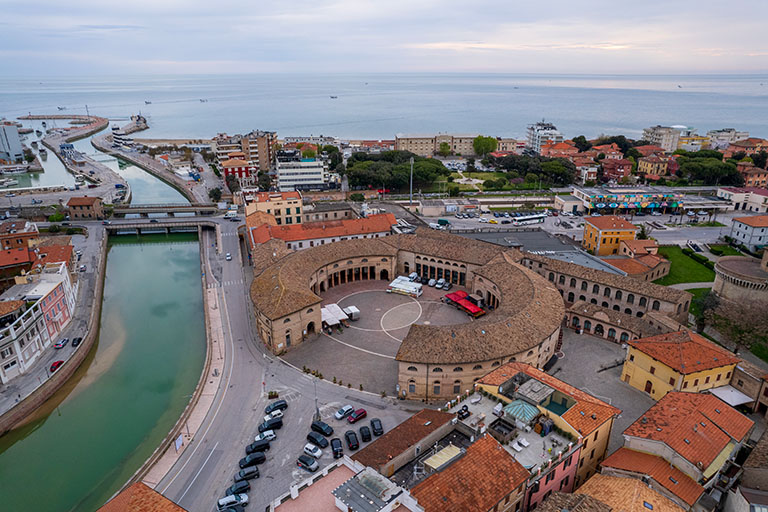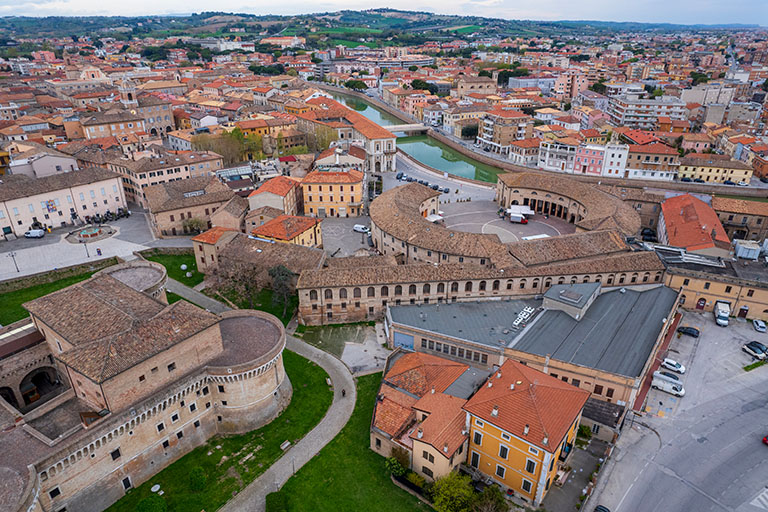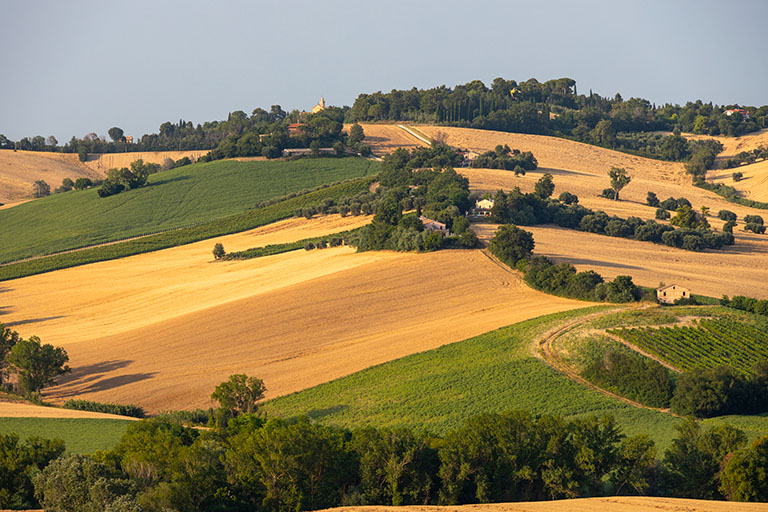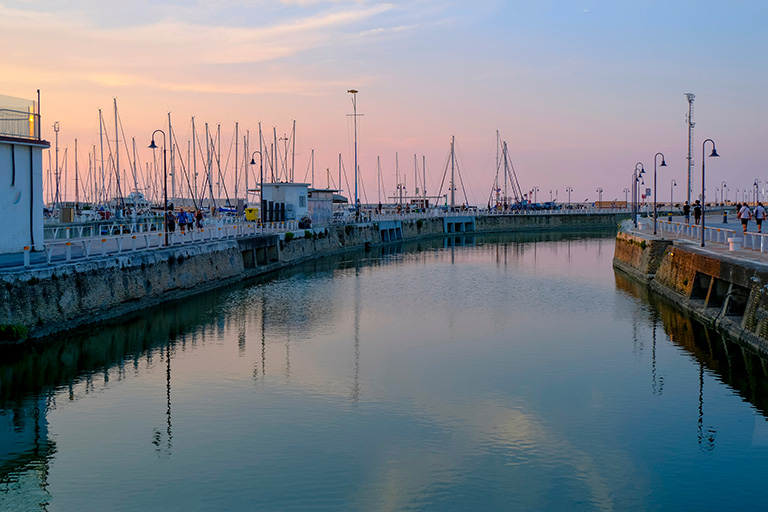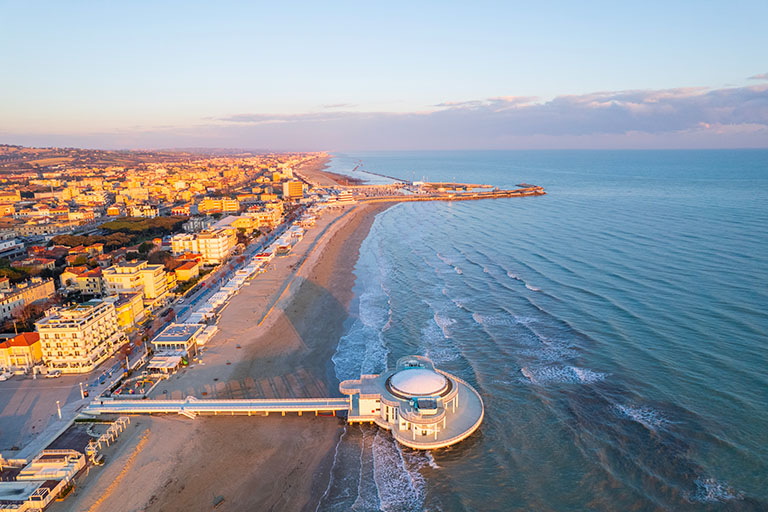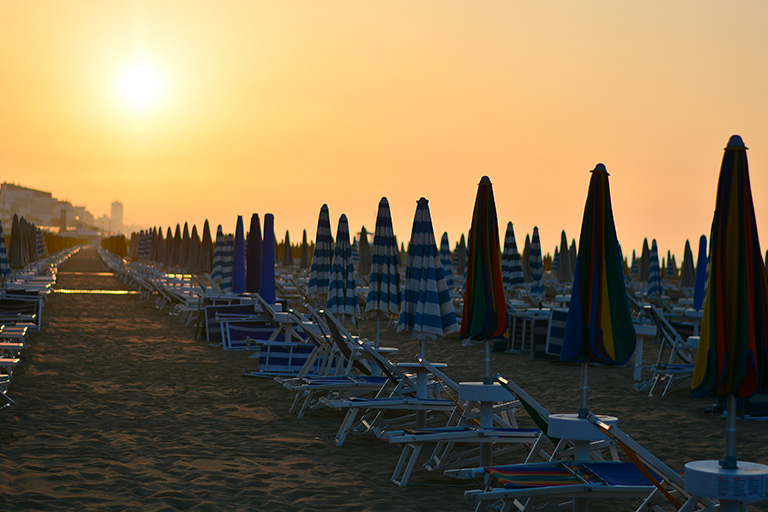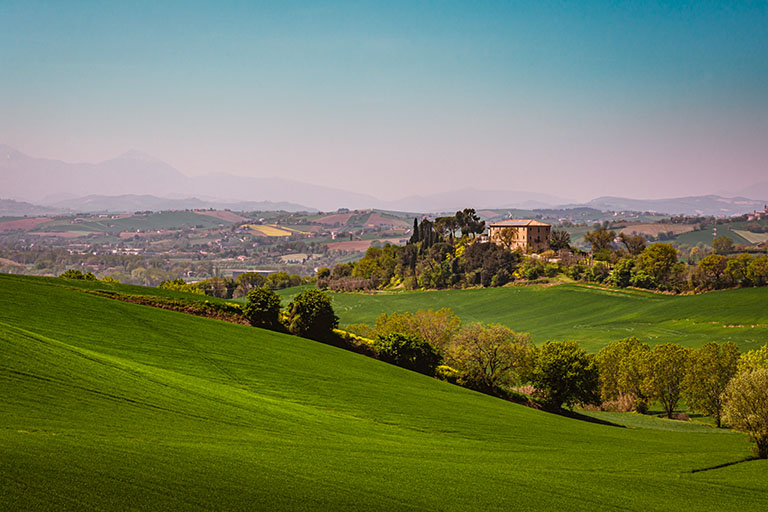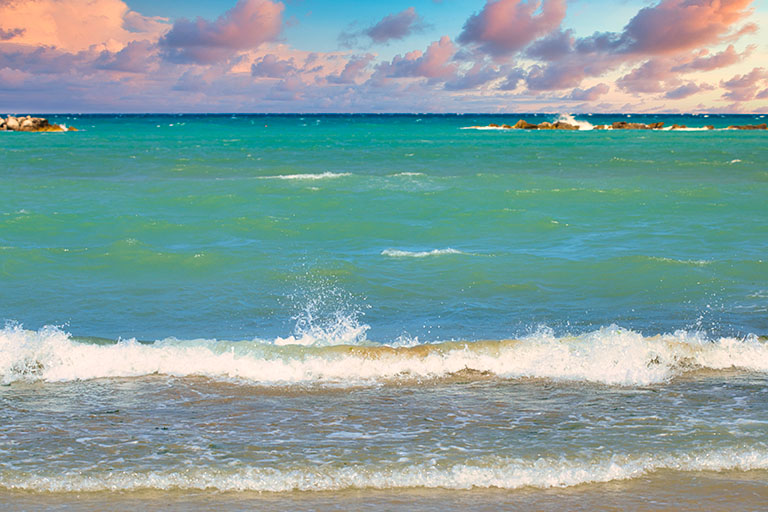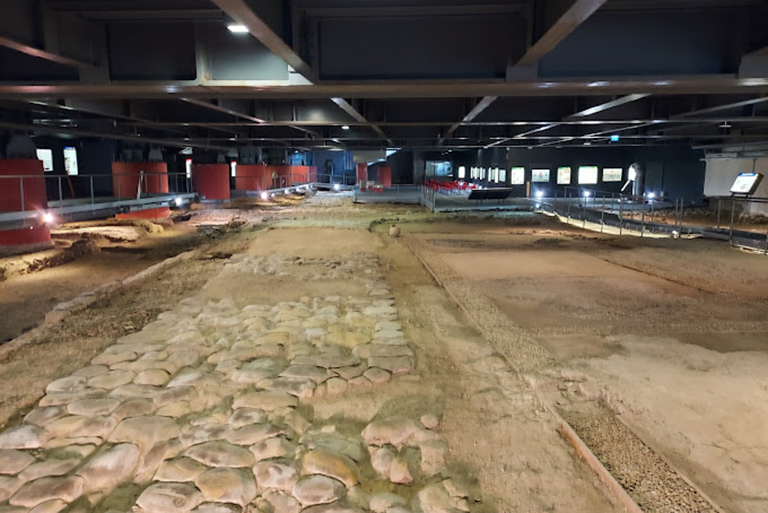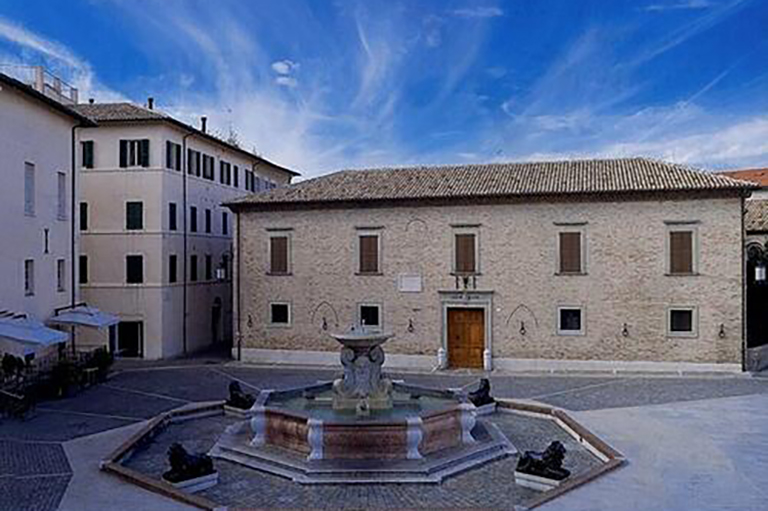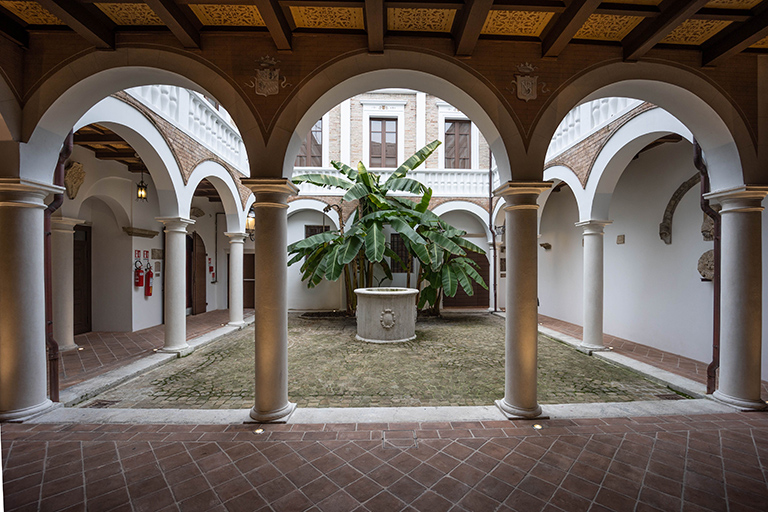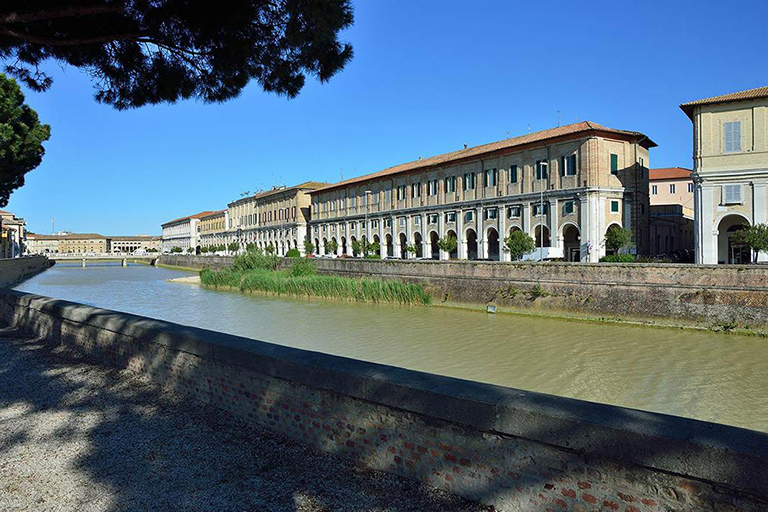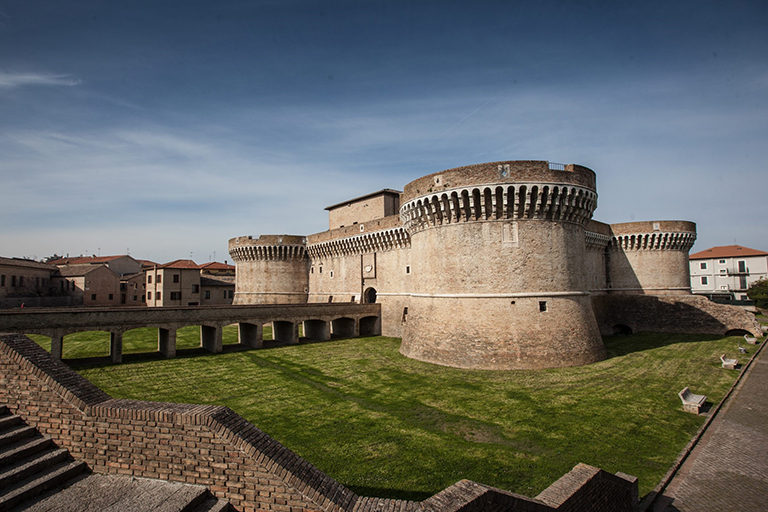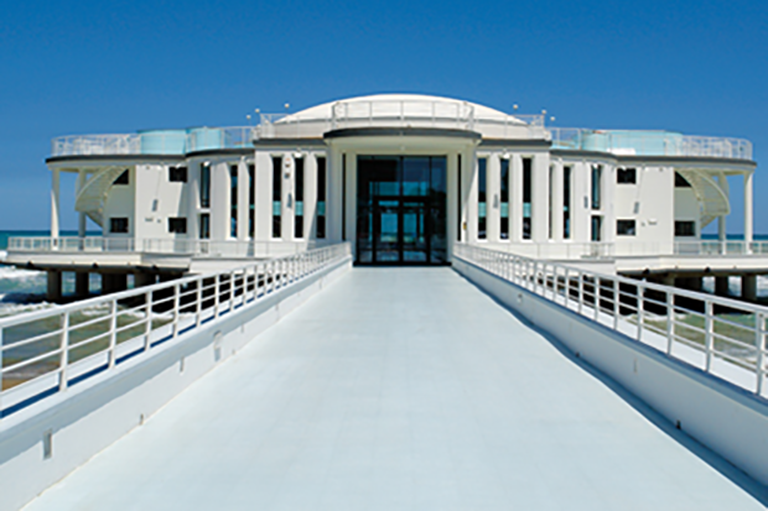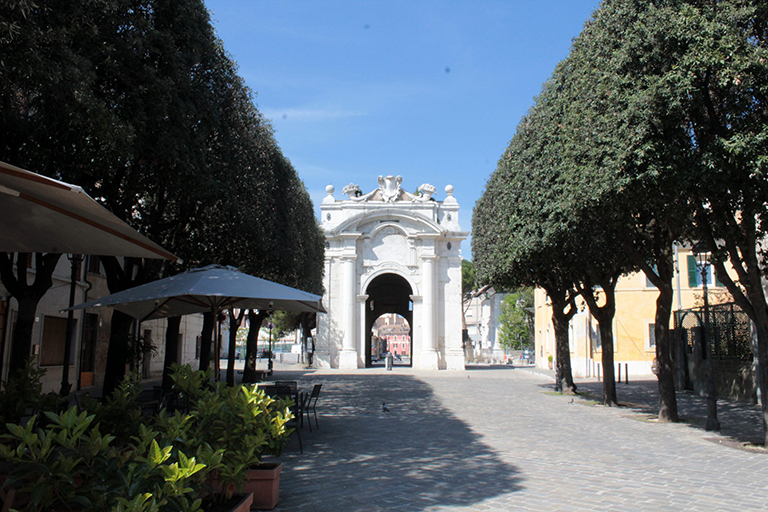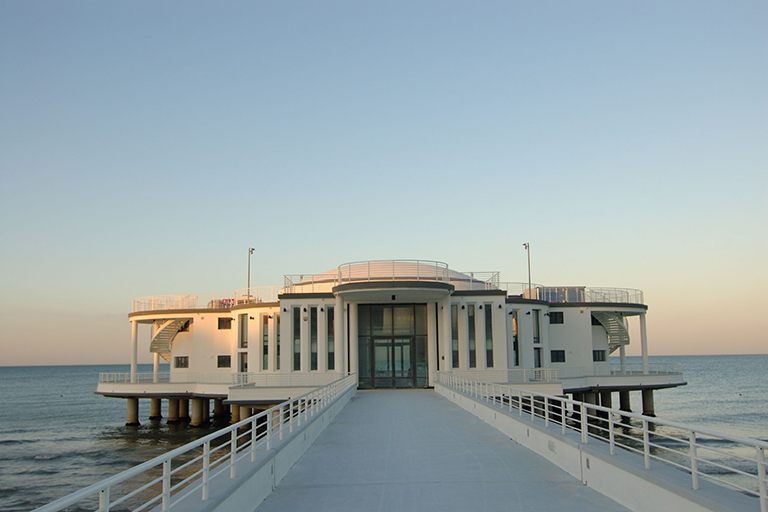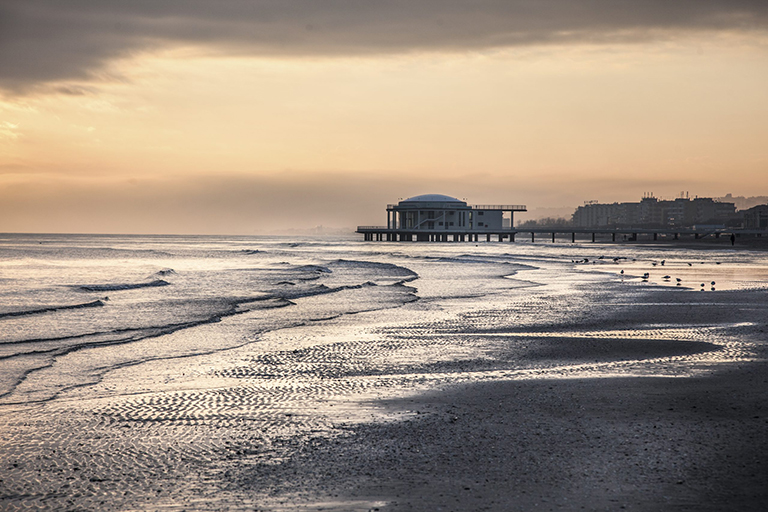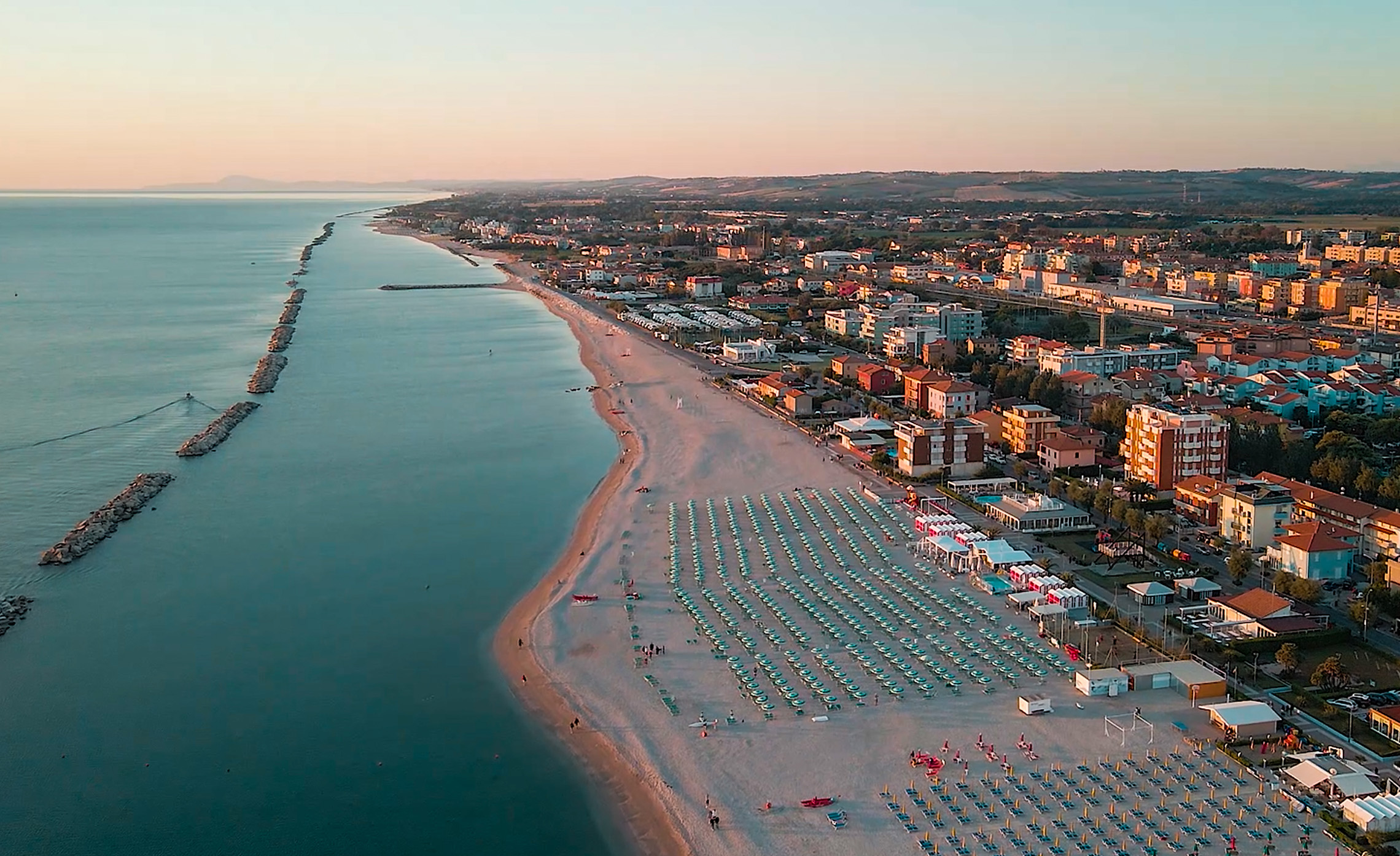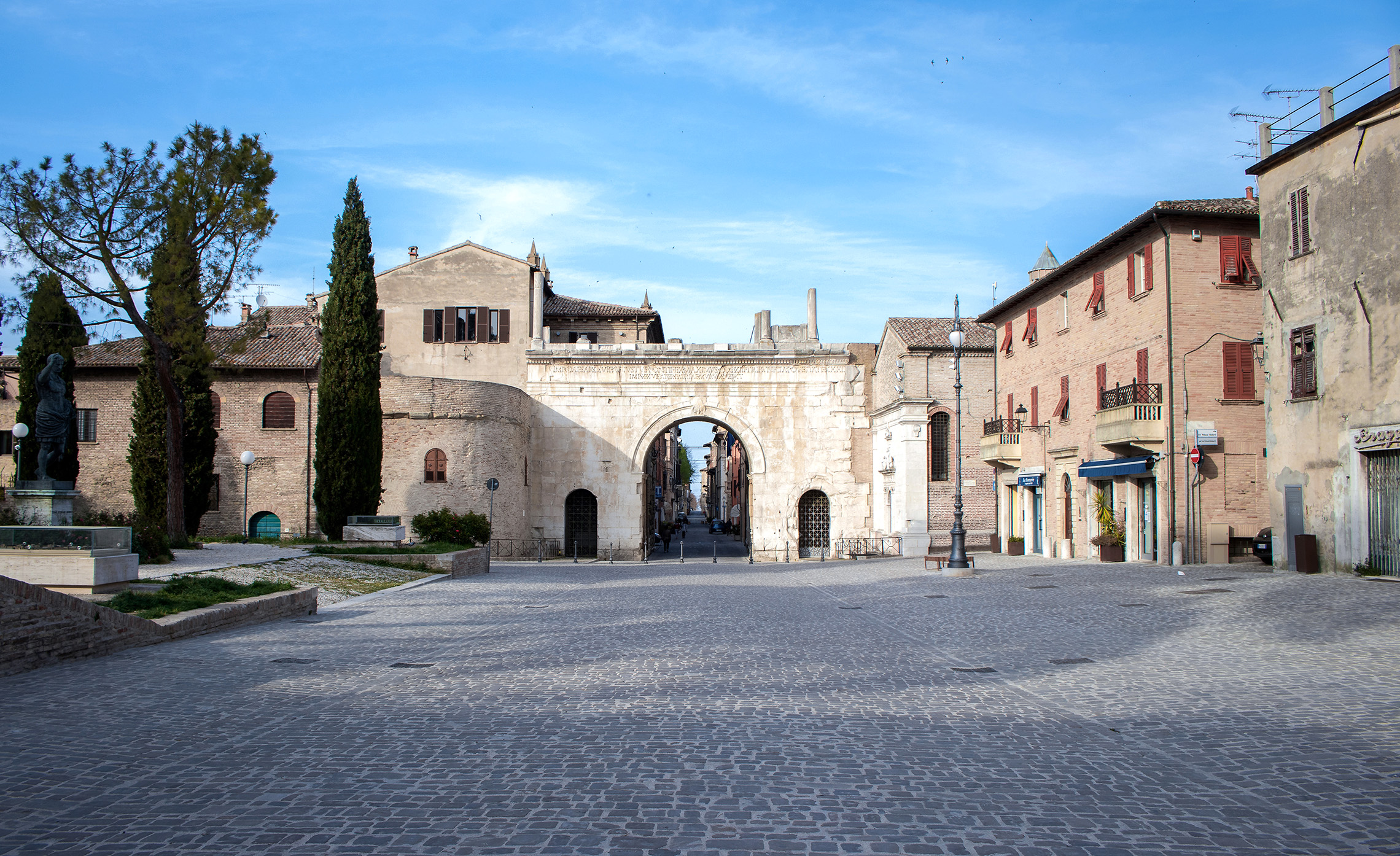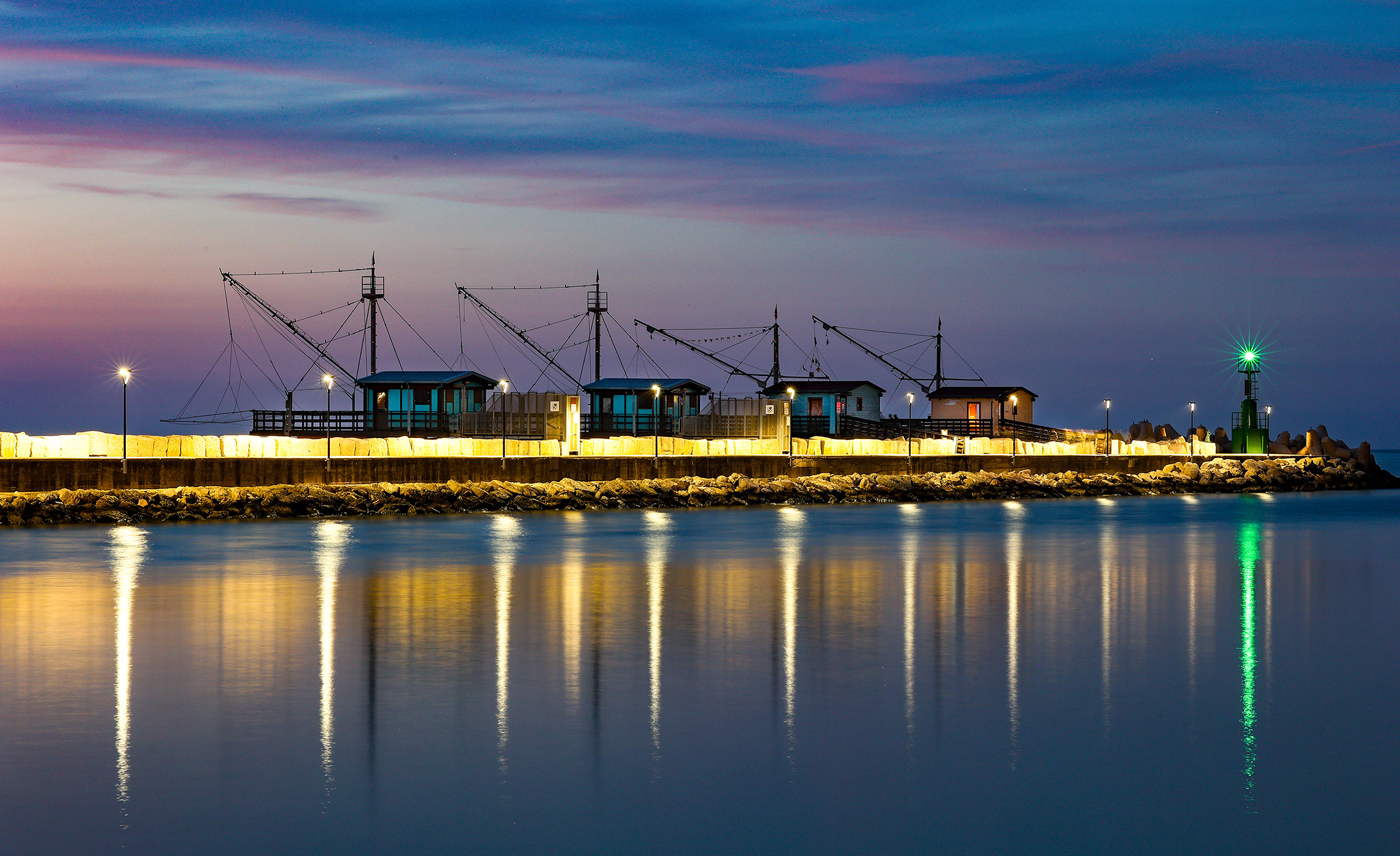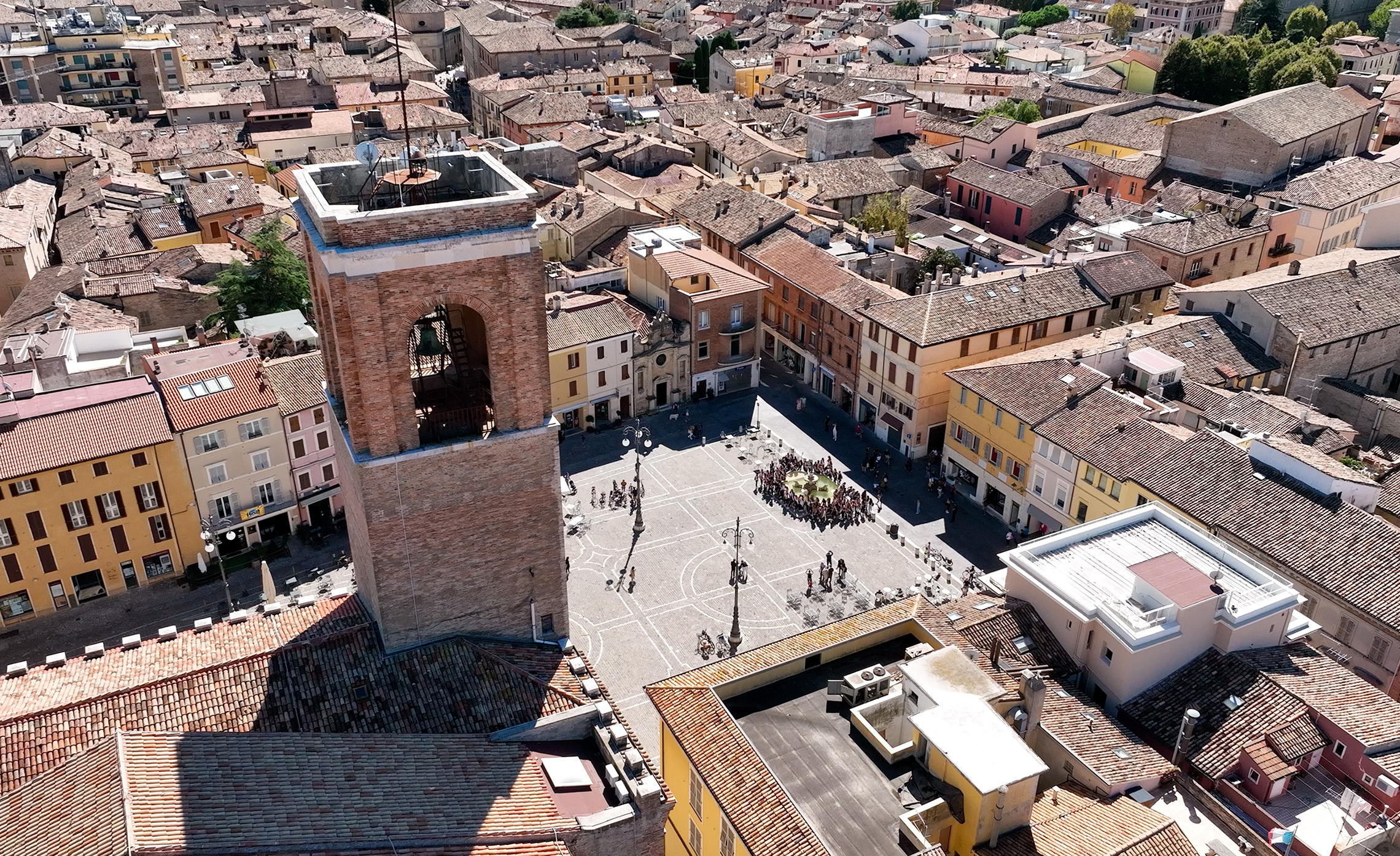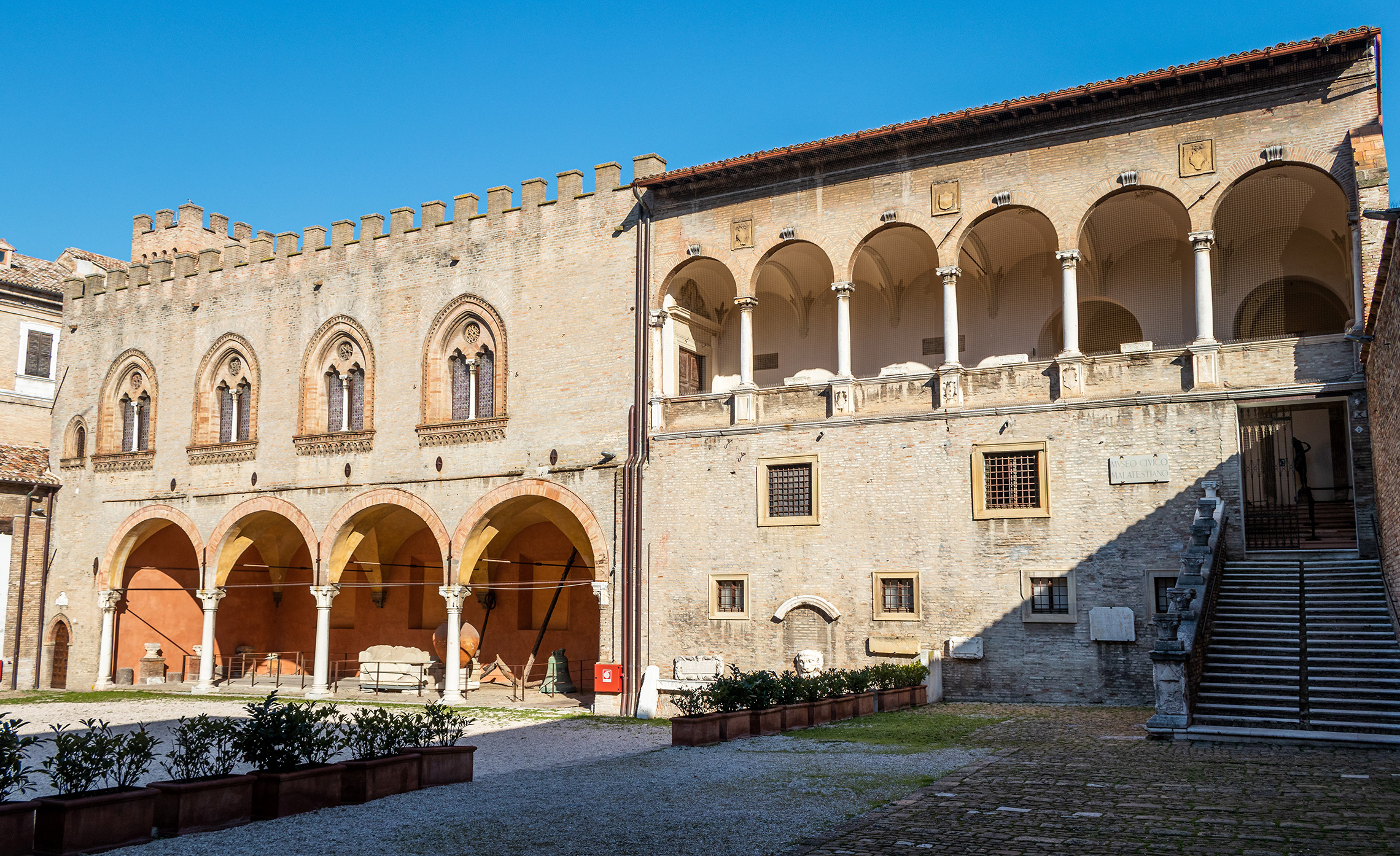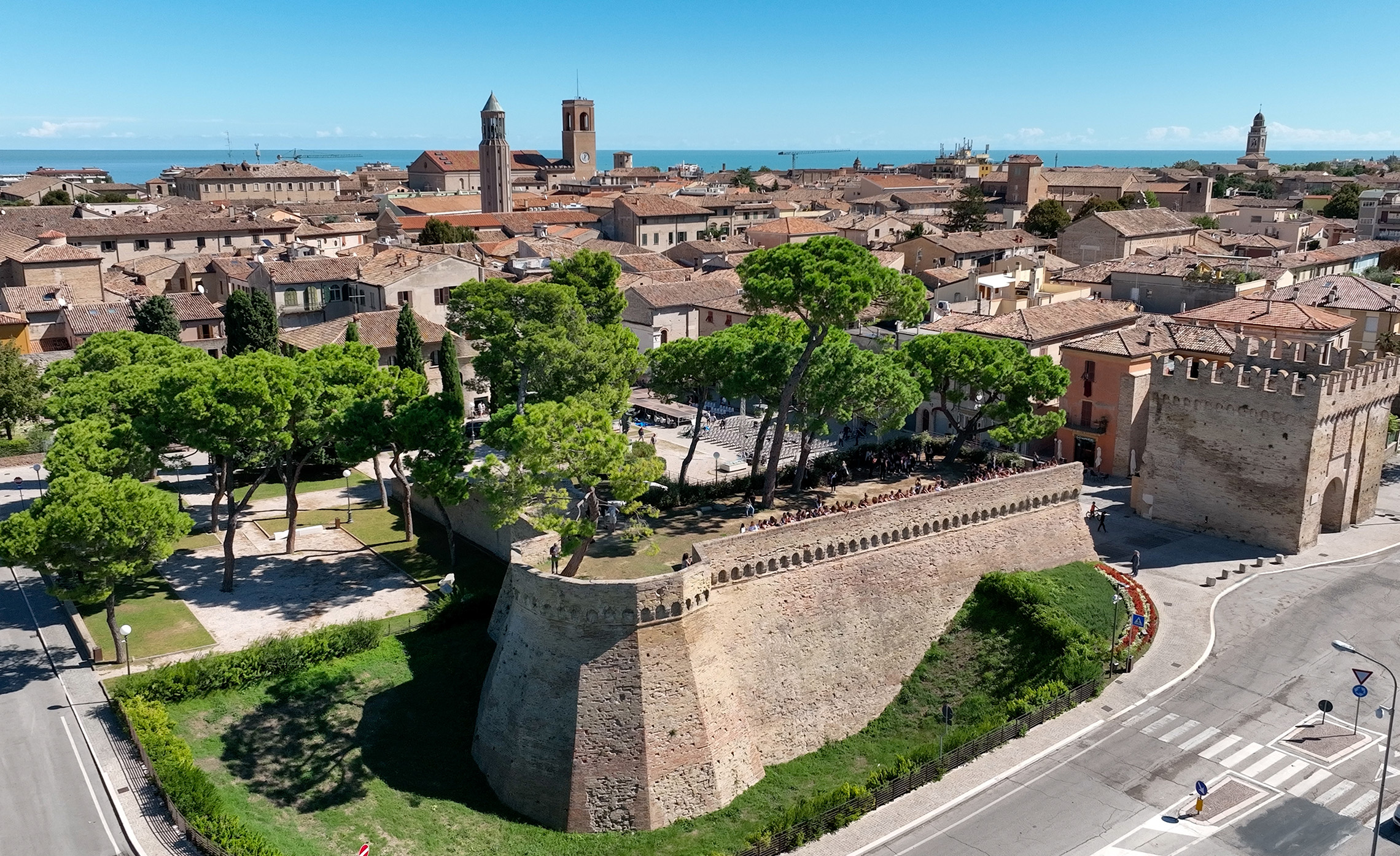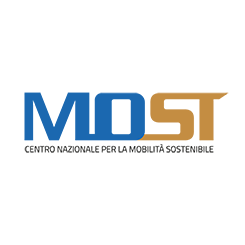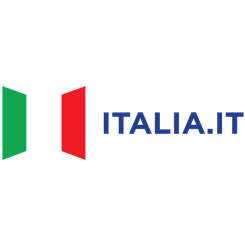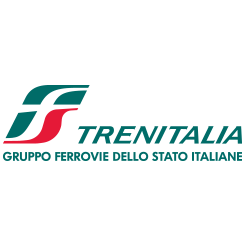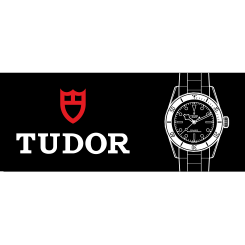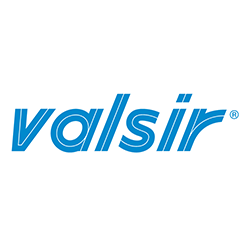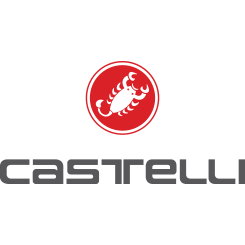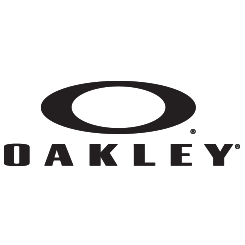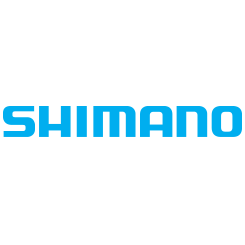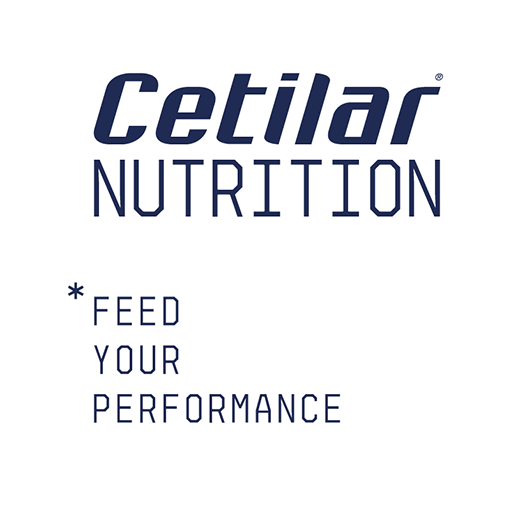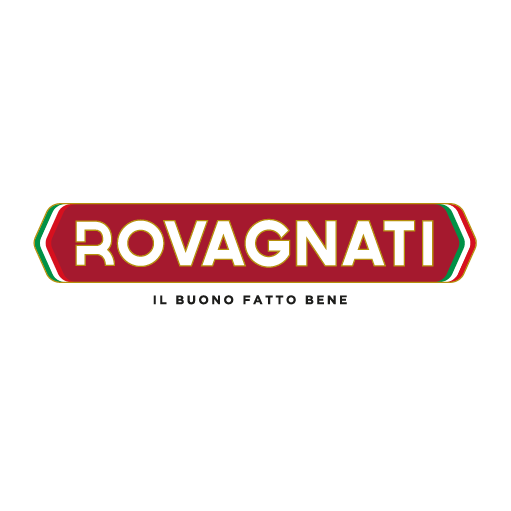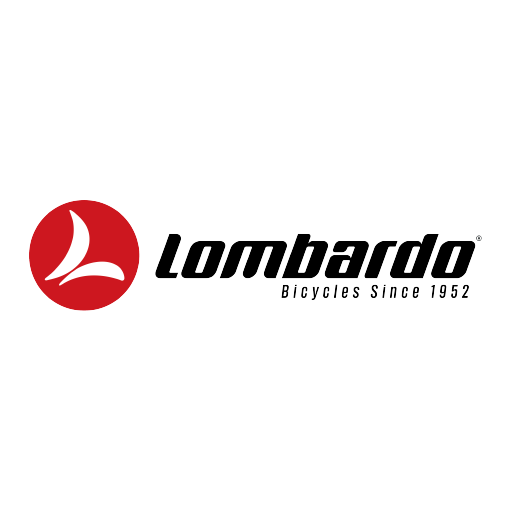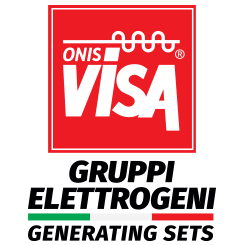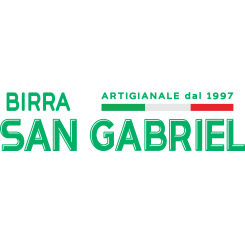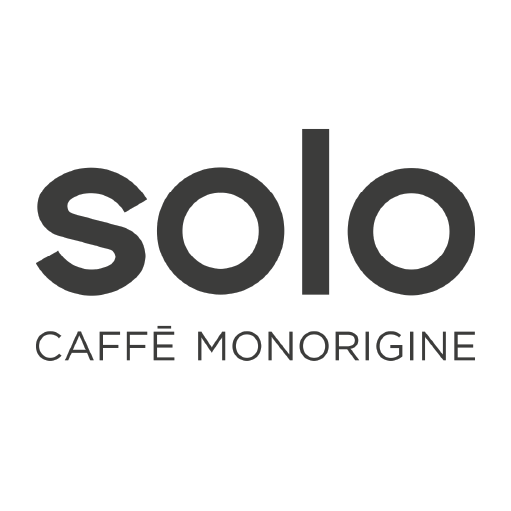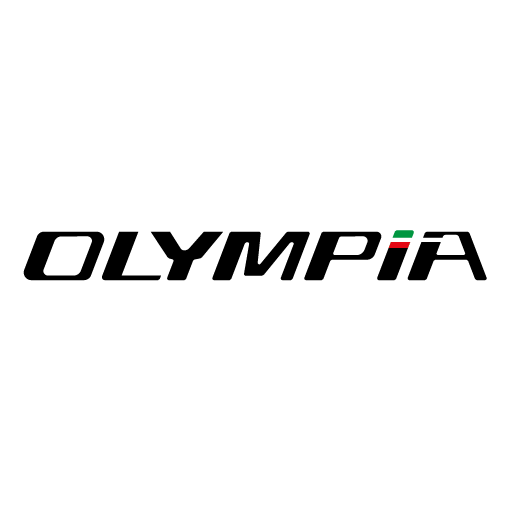profile
map
start / finish
itinerary timetable
tourist info
Host city:
Senigallia
Gastronomy
The brodetto di pesce is a tasty fish soup from the Adriatic Sea. It’s a dish from our tradition passed down orally, the composition of which varies from port to port.
The salsiccia “matta” (where the term “matta” means “different”) is a cured meat with mixed beef and pork smoked by hand, a sausage produced exclusively in some butcher shops in the historic center of Senigallia. Already present in the 19th century, it was given by local butchers to their customers to flavor the broth of the Christmas lunch.
Vincisgrassi, similar to lasagna, is a very rustic and traditional dish;
Coniglio in porchetta is a traditional recipe that includes aromatic herbs such as wild fennel, sage, and rosemary, giving it a unique taste similar to that of classic pork porchetta;
Crescia di Pasqua or cheese pizza is a typical recipe for the Easter period, rich in various cheeses, passed down from generation to generation;
Ciambelline di mosto and “sciughi” are typical sweets generally produced after the grape harvest season, grape must being the protagonist of this recipe;
Senigallia also pays special attention to the bread supply chain, from sowing to its production and commercialization. Various experiences in enhancing the local supply chain are now a reality. The bread is produced with grains grown in Senigallia and neighboring municipalities and processed in stone mills (ancient and modern) active in our territory.
Bevande
The typical wines of the territory are Verdicchio and Lacrima. In the Marche region, there are 14 Doc wines and 2 Docg wines produced, and it is common to find wine lists in restaurants offering dozens of local labels. In general, the most common wines in the Senigallia area are those locally produced, in addition to the classics from the great Italian wine regions. The most common ones are: Bianchello del Metauro, Rosso Conero, Rosso Piceno, Verdicchio dei Castelli di Jesi, Verdicchio di Matelica, and Lacrima di Morro d’Alba.
Punti di interesse
The “Rotonda a Mare” in Senigallia, suspended between the sea and the sky, has become the icon of tourism in Senigallia thanks to its dream-like atmosphere. This fascinating and elegant building has now become a fundamental element of the city’s identity.
The Rocca Roveresca is an unmissable stop on the visit of the city of Senigallia. The Rocca can be defined as an extraordinary history book, being the result of the overlapping of defensive structures that have succeeded over the centuries, in a site that has been considered of decisive strategic importance since the origins of the city.
Palazzo del Duca. Erected by Guidubaldo II della Rovere in the middle of the 16th century according to a project by Gerolamo Genga, it was enlarged in the following decades by his son and heir Francesco Maria II, the last representative of the dynasty, who altered the symmetry of the façade by placing the entrance portal on the left-hand side. The palace was not built as a permanent residence for the Duke, but as a place for the court and its illustrious guests who could admire the military parades that were taking place in the square from the windows.
Palazzetto Baviera overlooks Piazza del Duca and was built, together with the Rocca Roveresca, by Giovanni Giacomo Baviera, maternal uncle and lieutenant of Giovanni della Rovere. It was probably designed, perhaps based on a project by Baccio Pontelli, as suggested by the harmonious proportion of the small courtyard.
Senigallia’s Roman origins have been known and visible for long in the foundations of Rocca Roveresca. However, surprisingly, in 1989, important finds from the 2nd-3rd century A.D. were recovered during the excavation works of the new La Fenice theatre. Today La Fenice Archaeological Site and Museum is one of the few places in Italy where visitors can admire the remains of Roman buildings together with the finds that were recovered on site.
Fano
Overview
Fano is a seaside town whose inhabitants are mostly fishermen and sailors, but it is also a place of art, nestled between the hills and the Adriatic. The municipality is committed to the ecological preservation of the environment – sea, hills, urban spaces – and the entire town is known for making visitors feel at home.
Local cuisine
These are the typical dishes of Fano: fresh fish from the Adriatic Sea, clams, brodetto, the Fano “moretta” (a local type of coffee), genuine meat, truffles from the hinterland, fossa cheeses. Fano brings together the excellence of the area’s food and wine tradition.
Wines and other drinks
Bianchello del Metauro Doc, Colli Pesaresi Doc, Pergola Aleatico Doc, and Visciole.
Points of interest
Augustus Arch, Augustan Walls, Pincio Hill, Theatre of Fortune, Saint Augustine Archaeological Area, Malatesta Palace, Malatesta Fortress, Malatesta Tombs, Church of St. Francis, Nuti and Sangallo Bastions, Porta Maggiore, Museum of the Via Flaminia, St. Dominic Art Gallery, Basilica of St. Mary of the Assumption, Church of St. Peter in the Valley.


